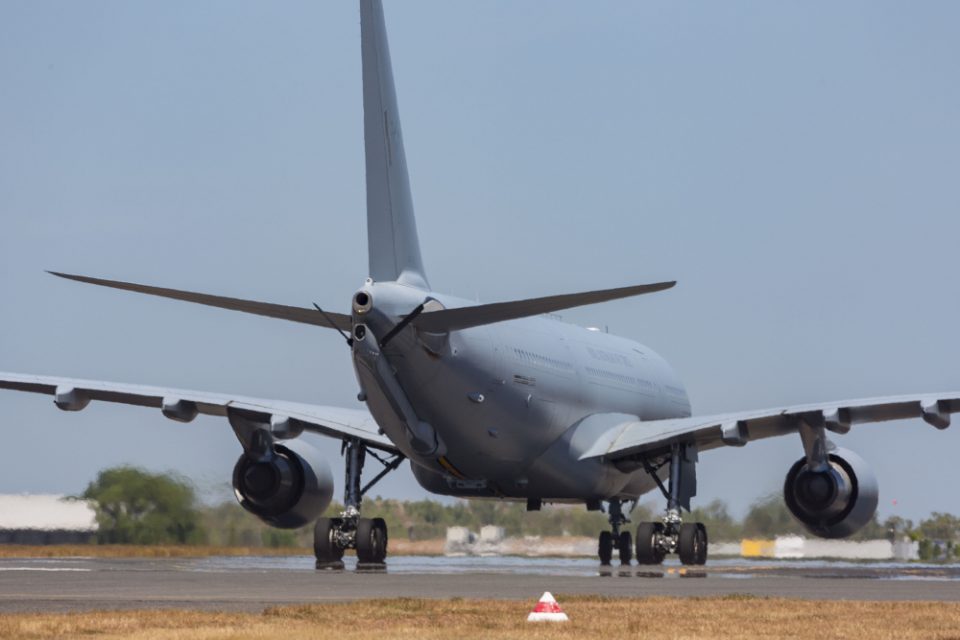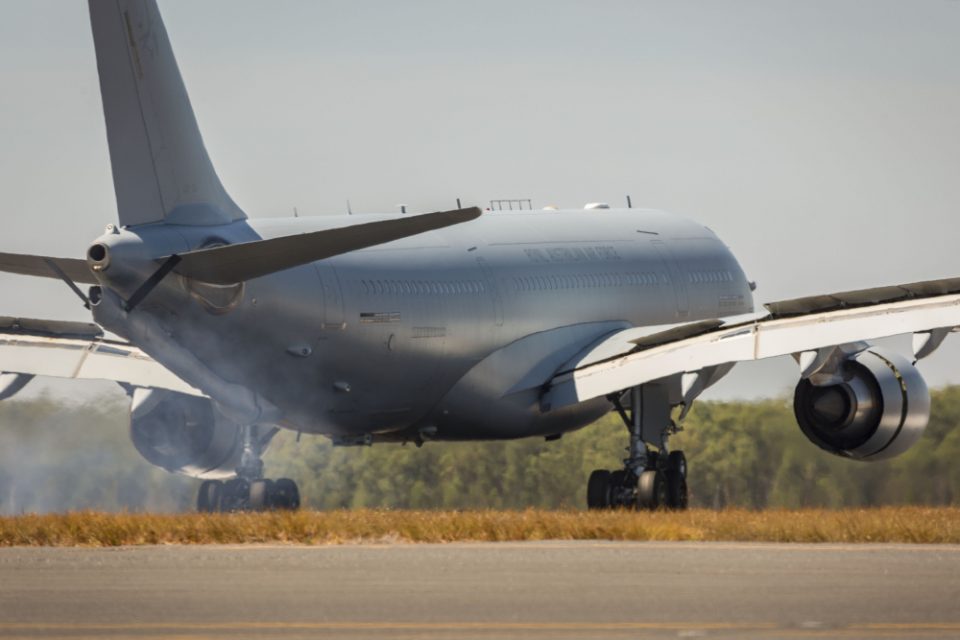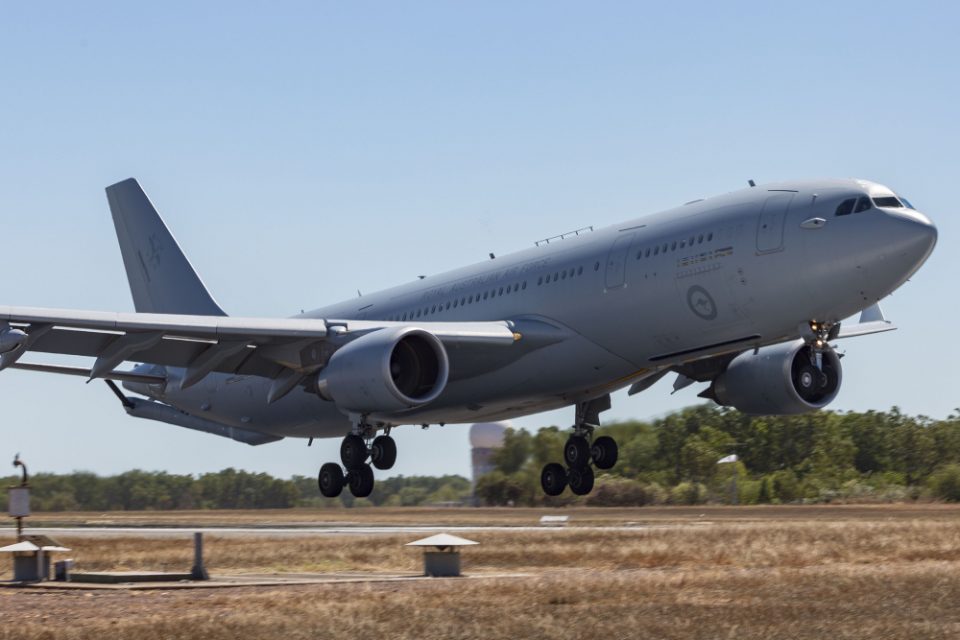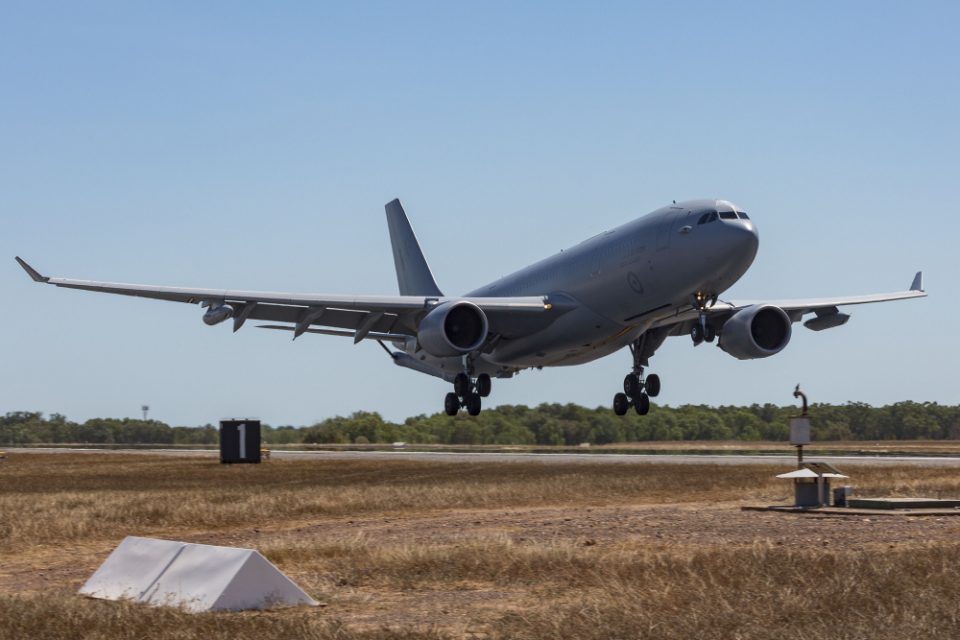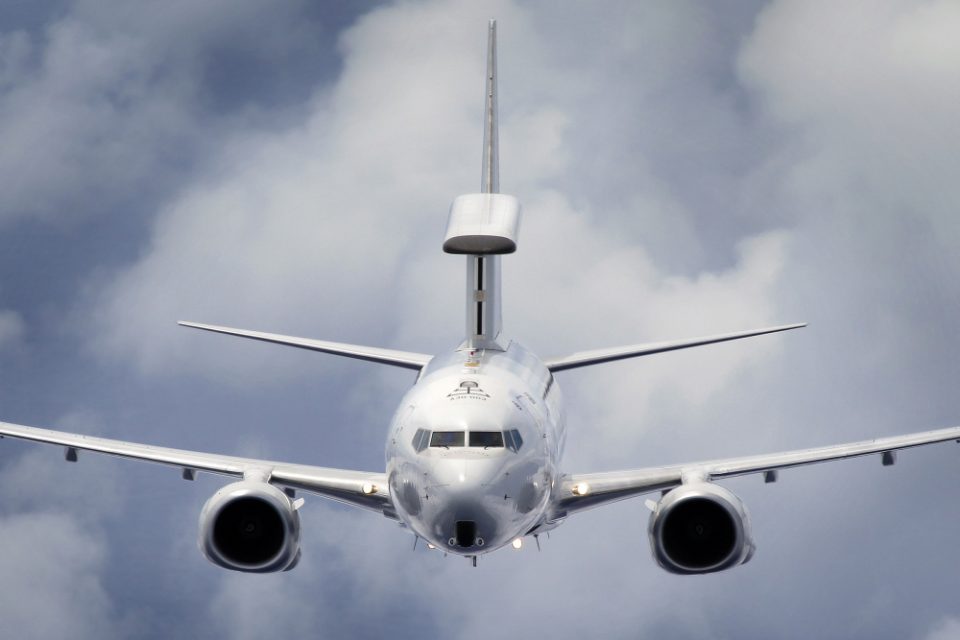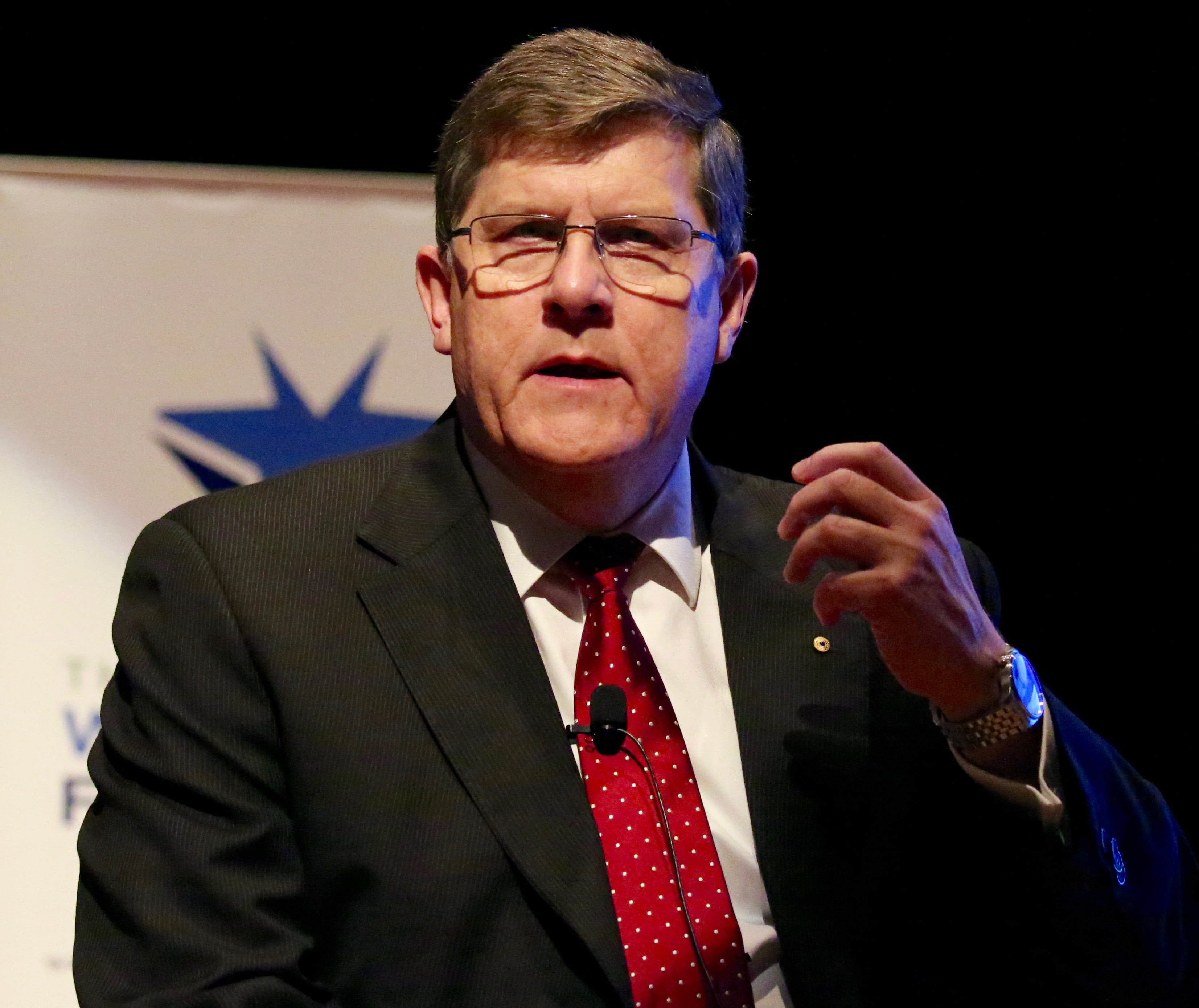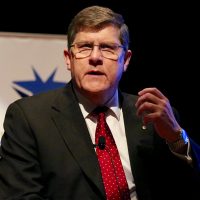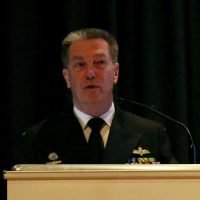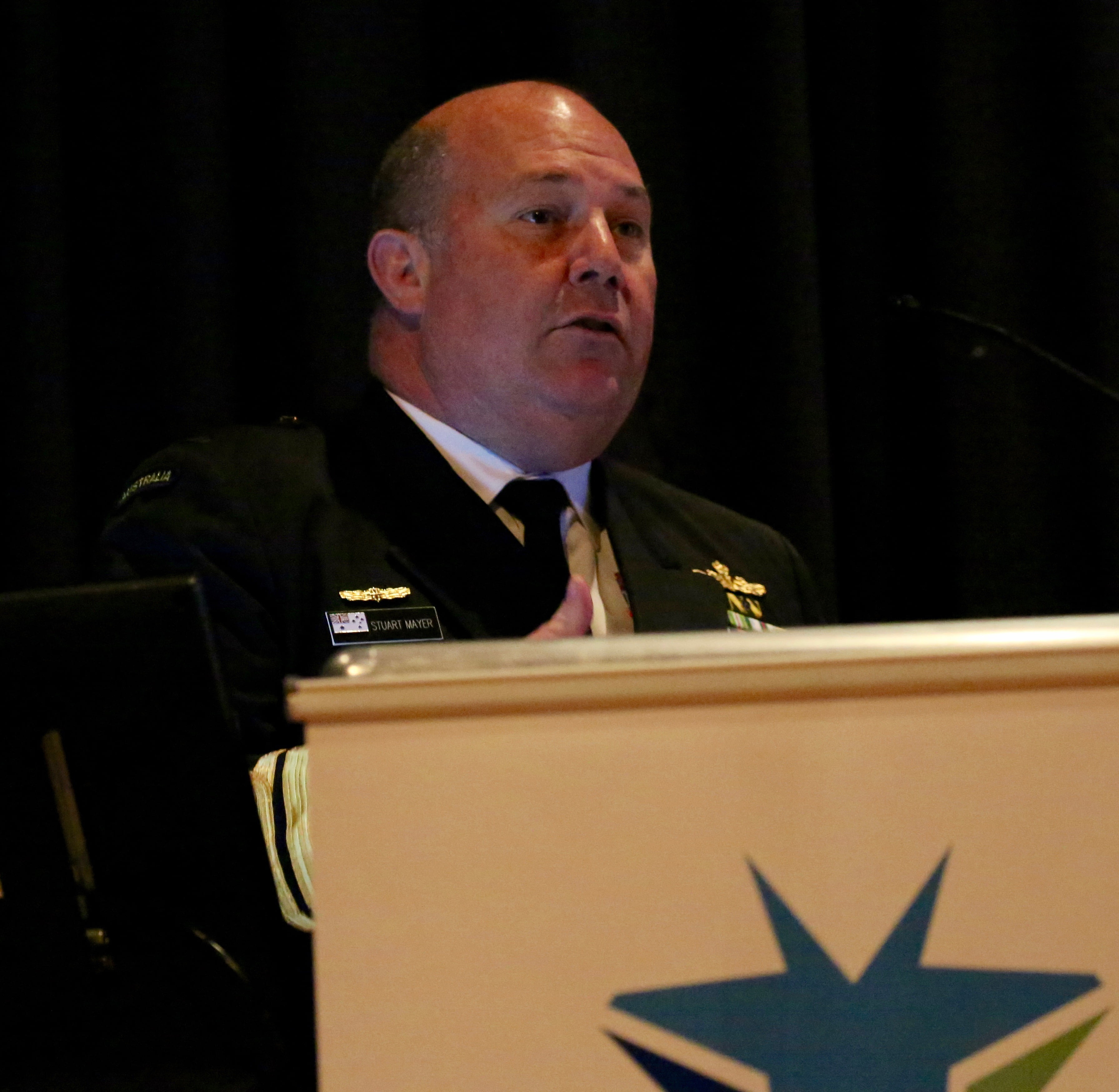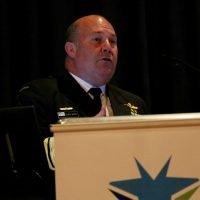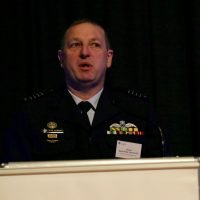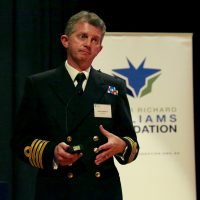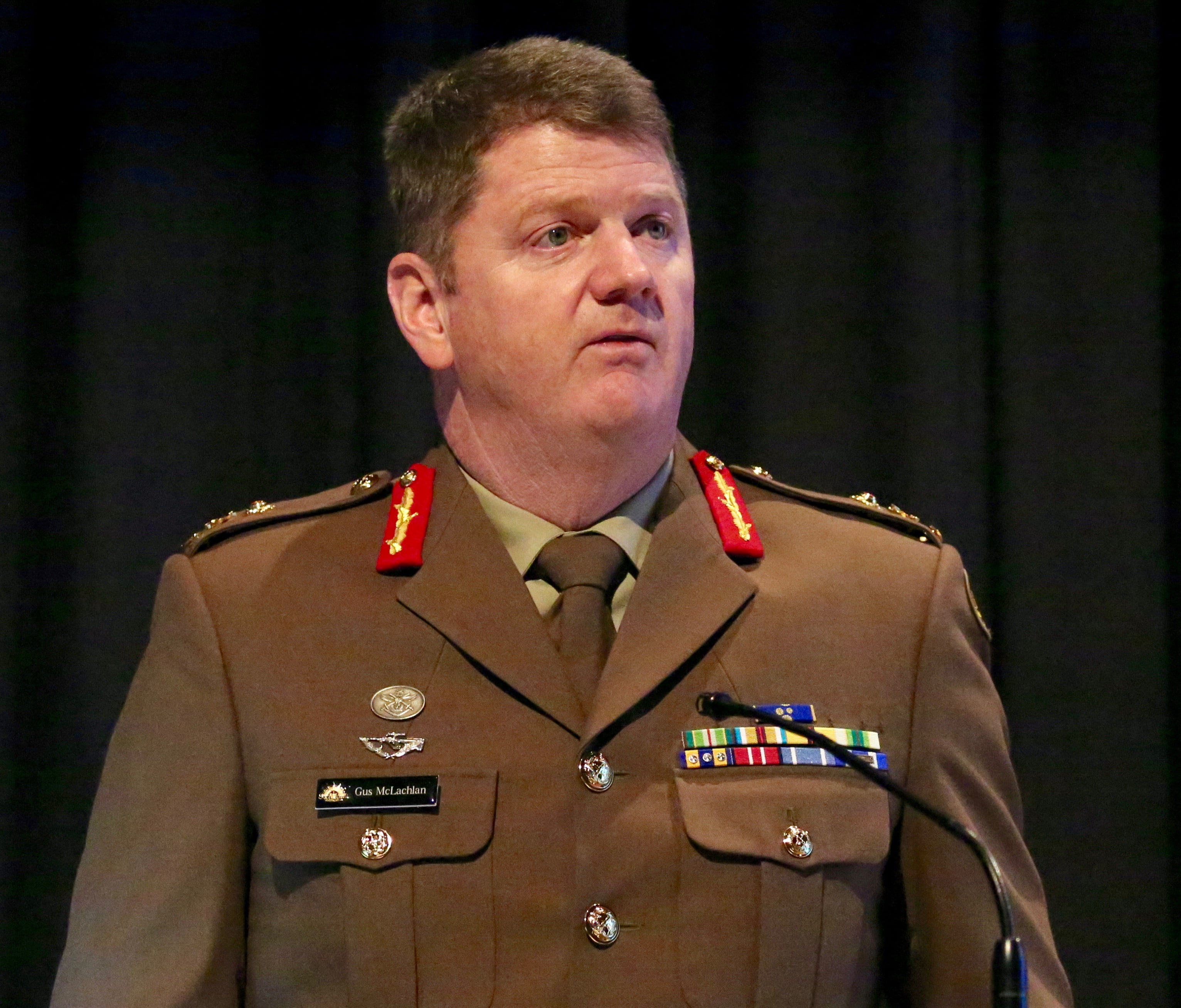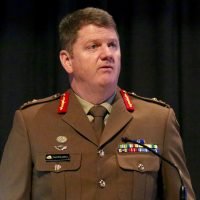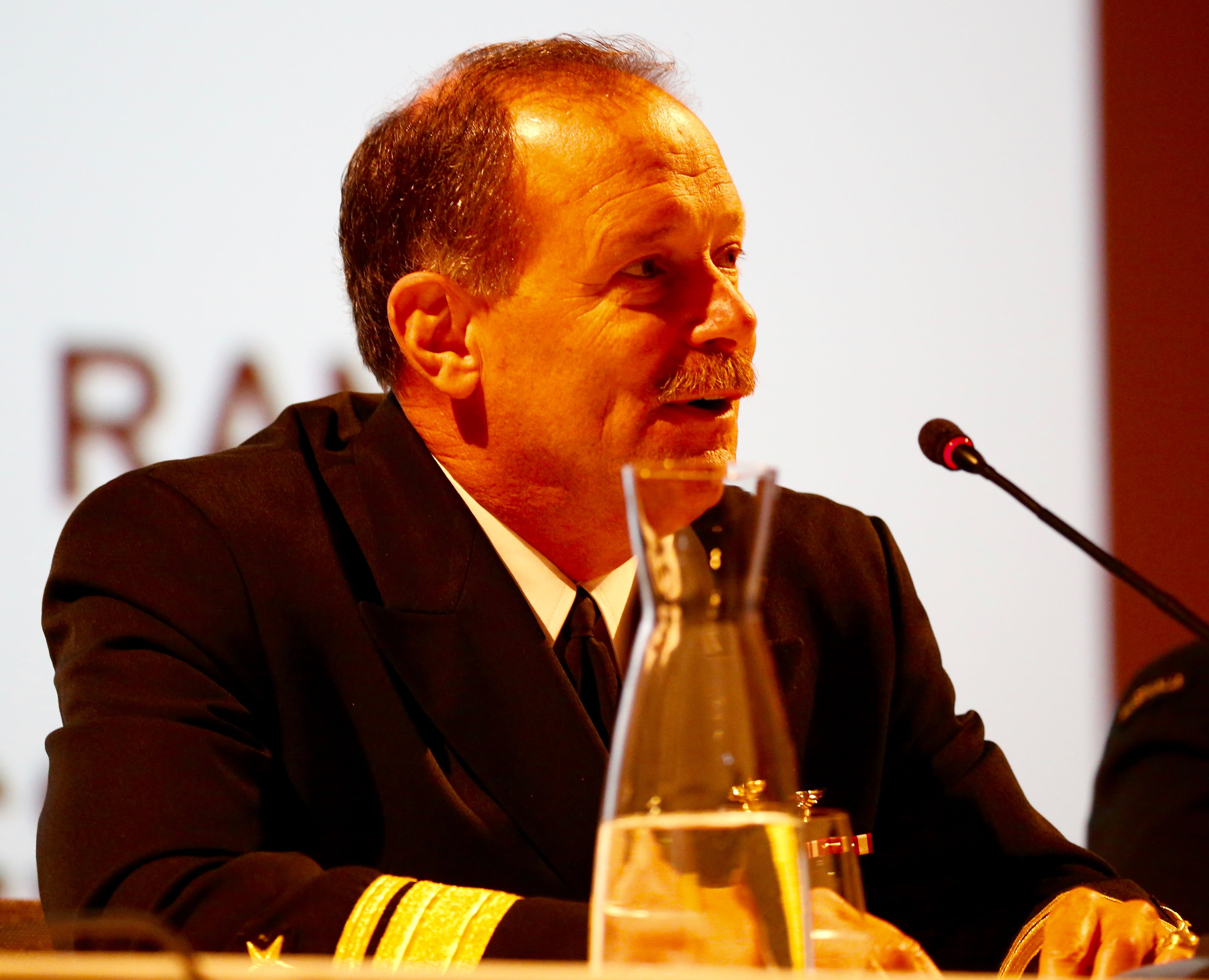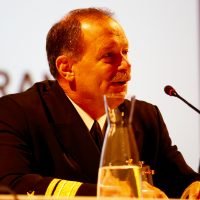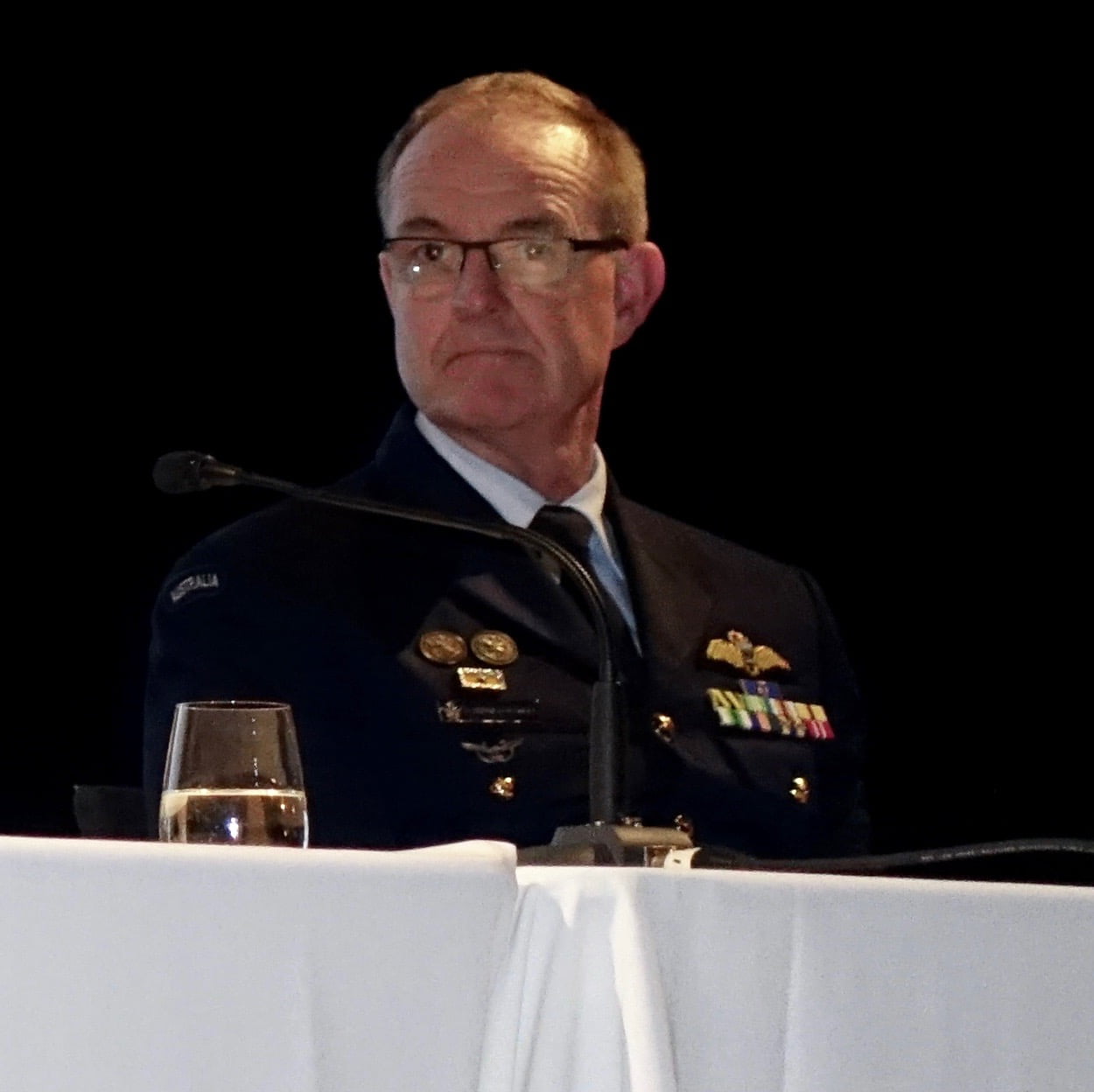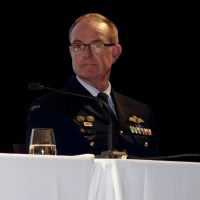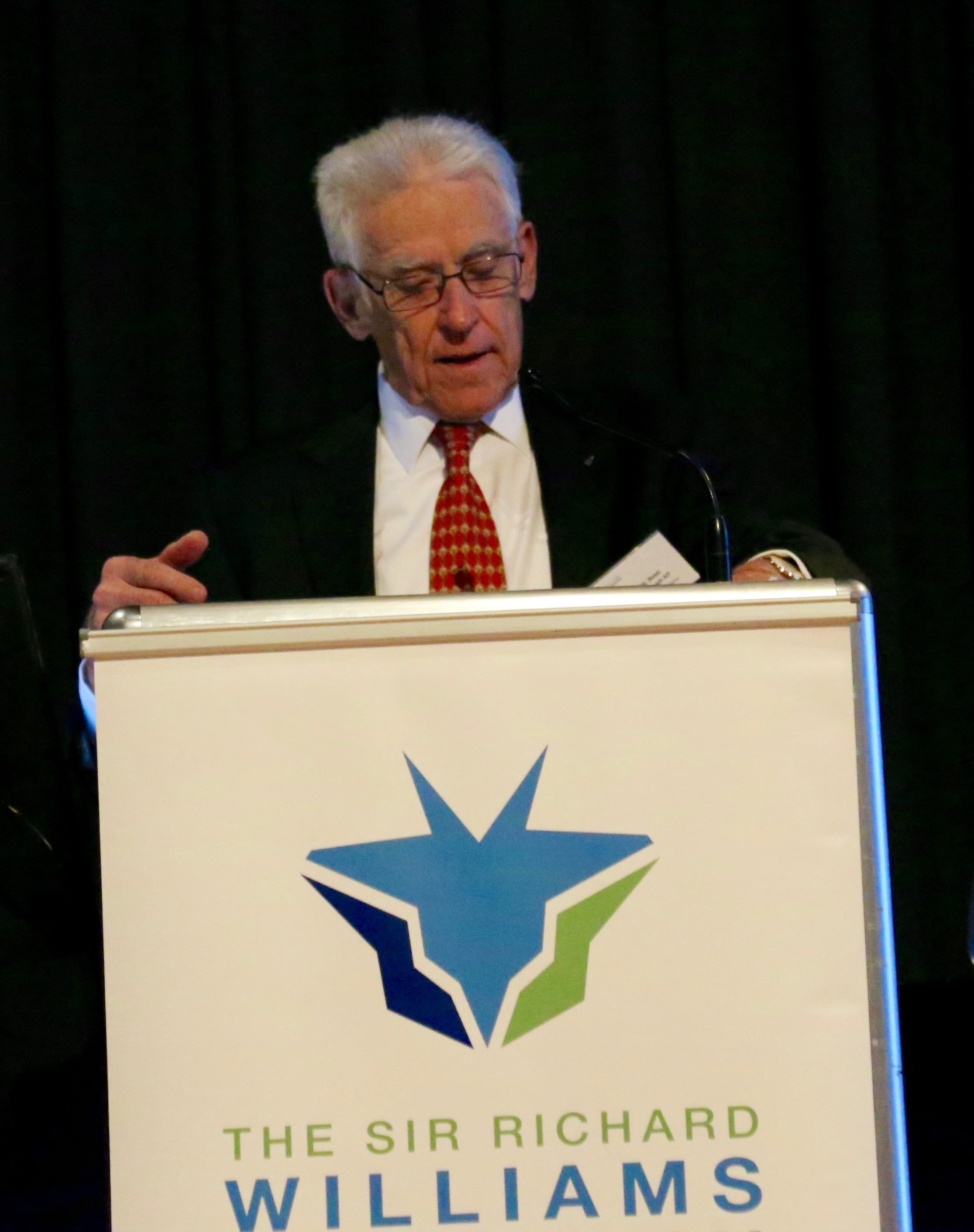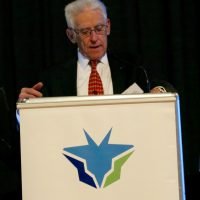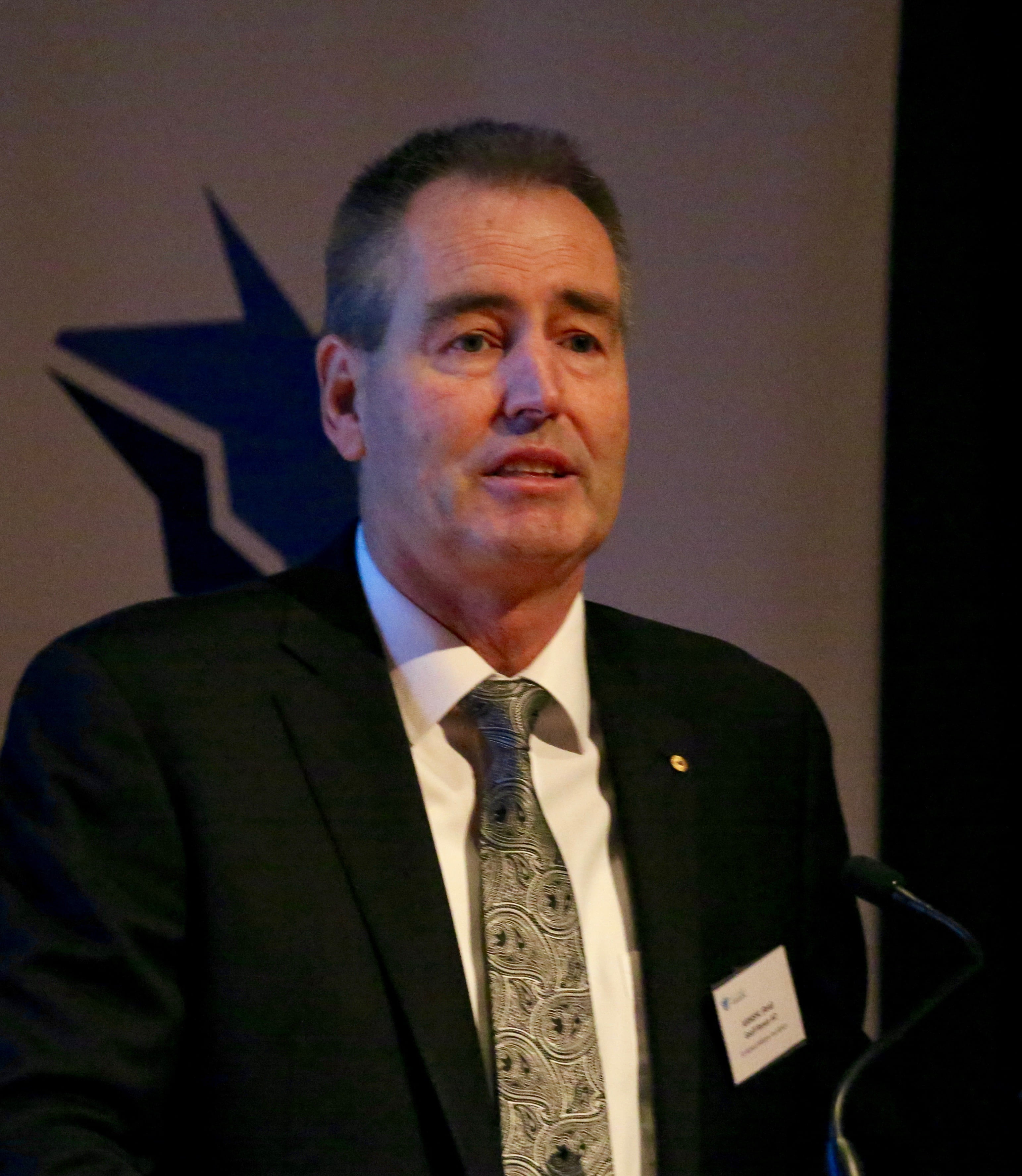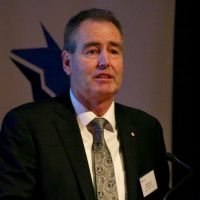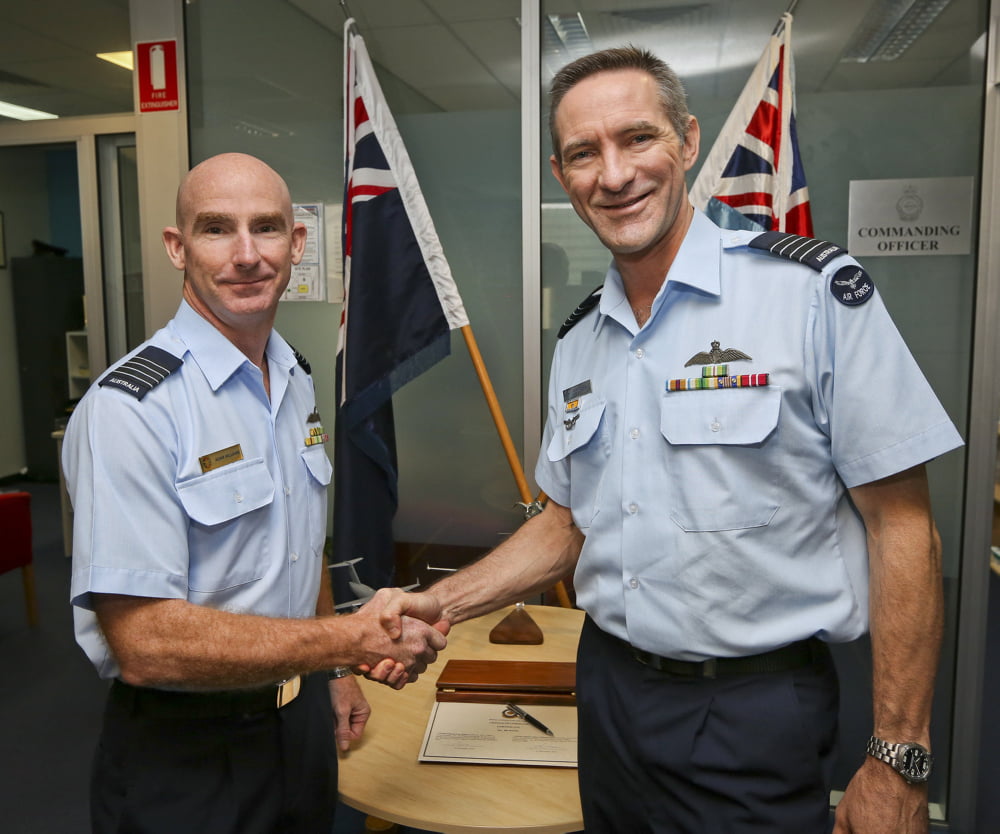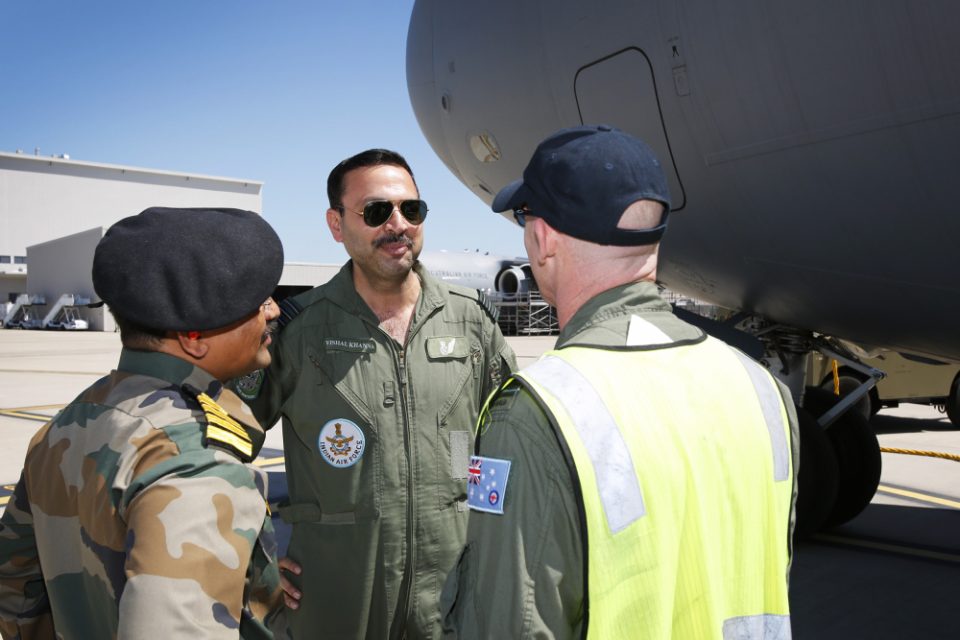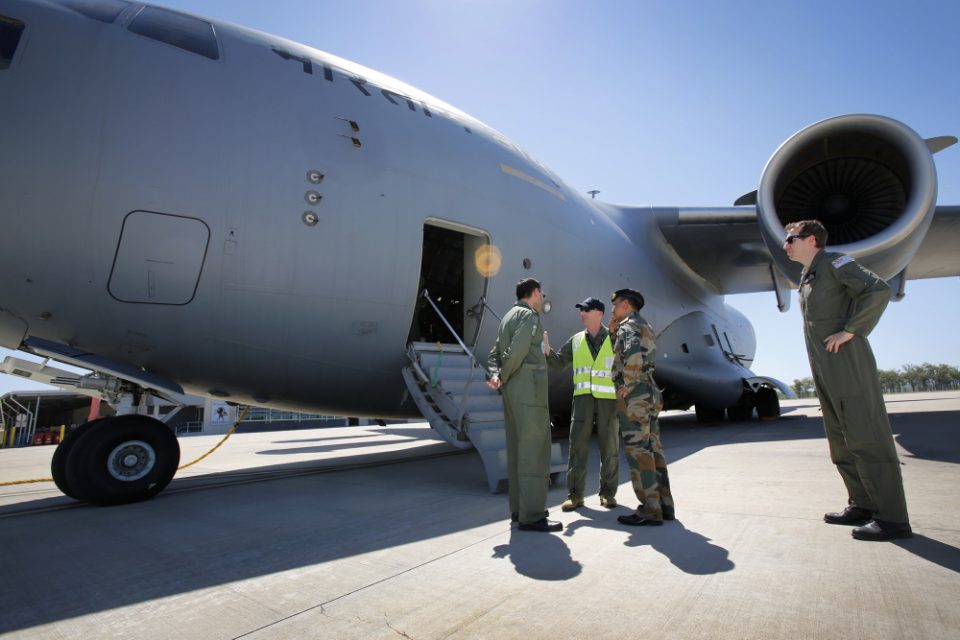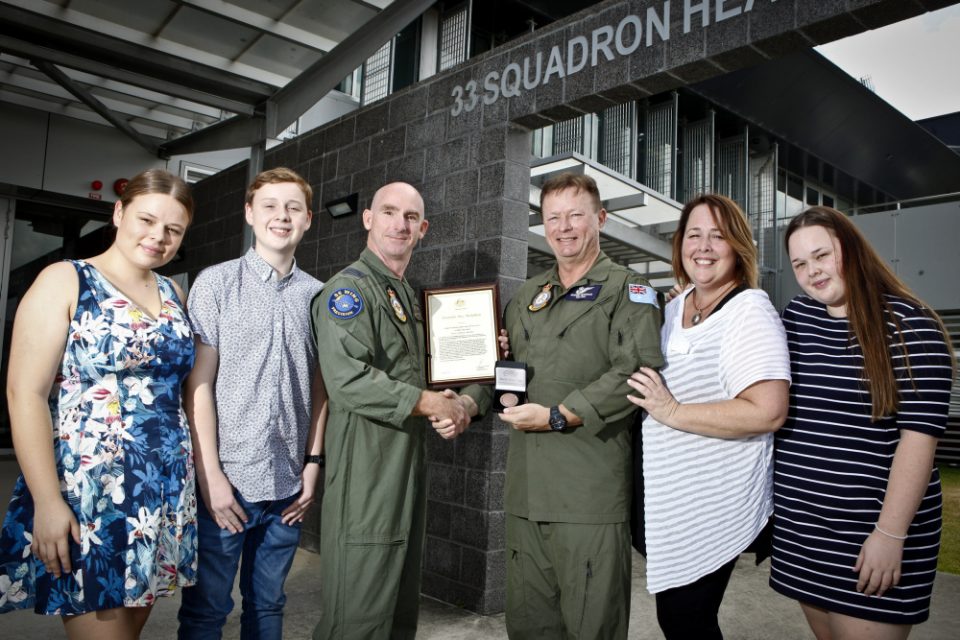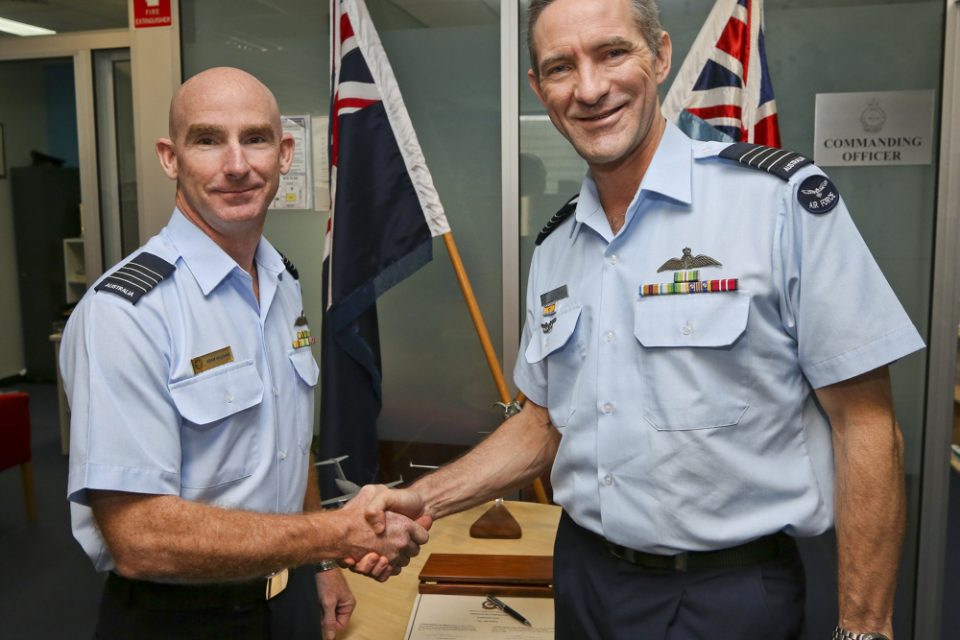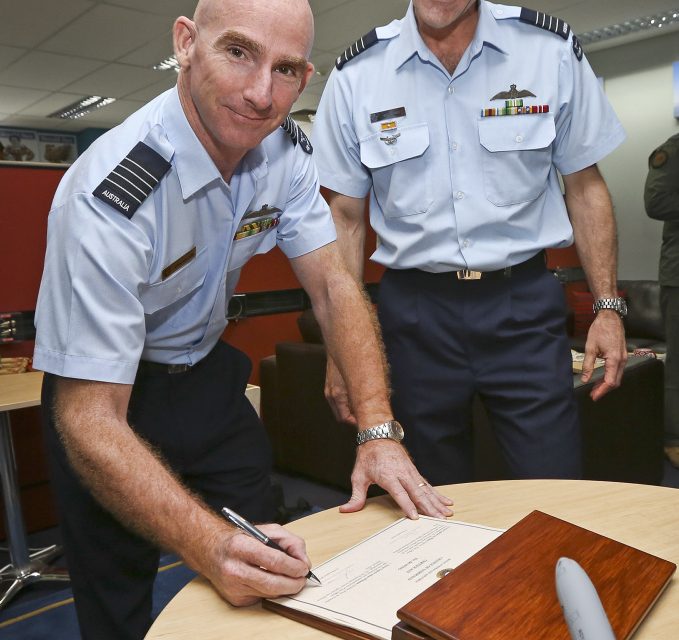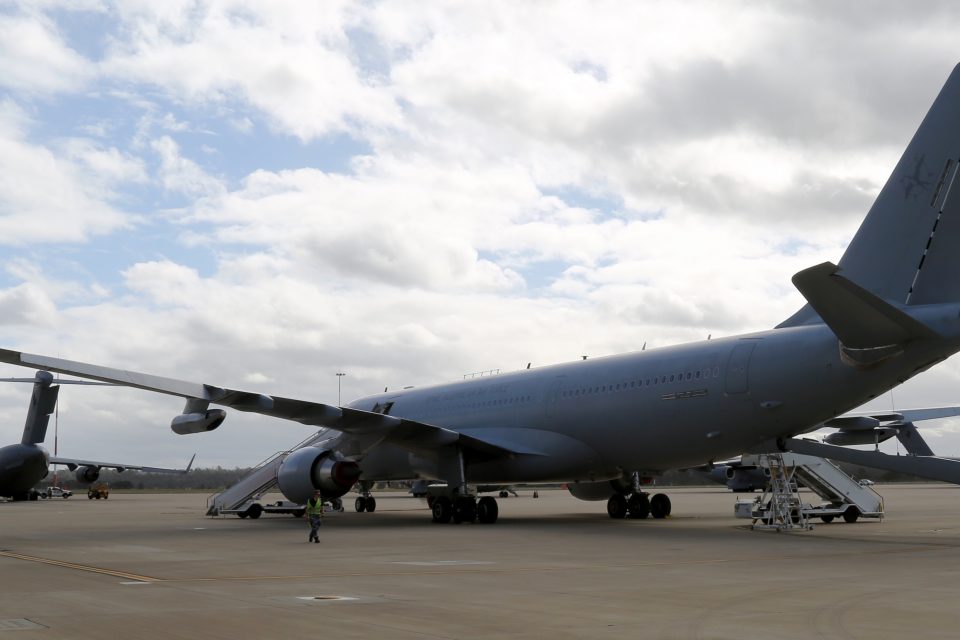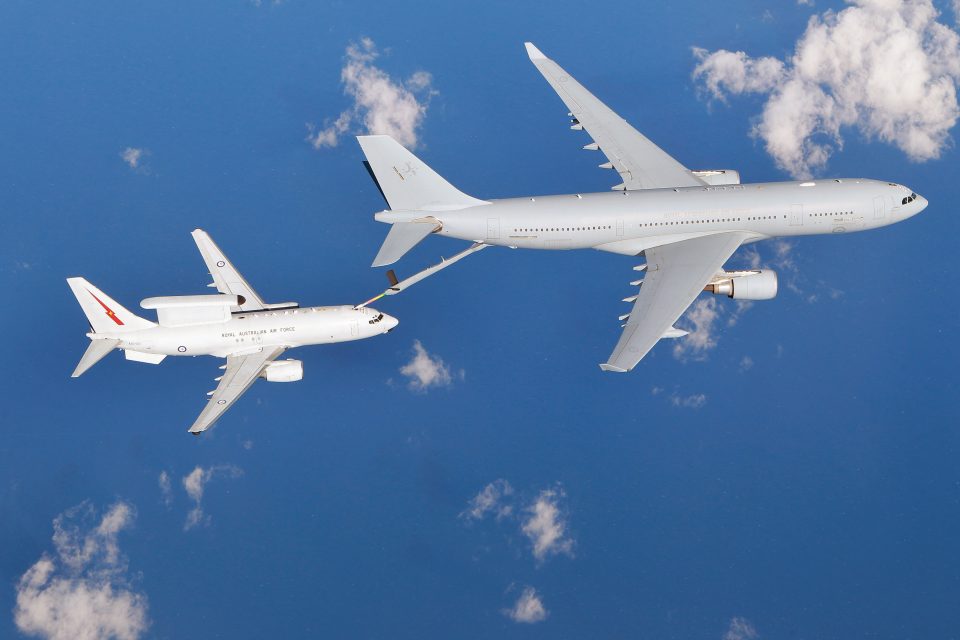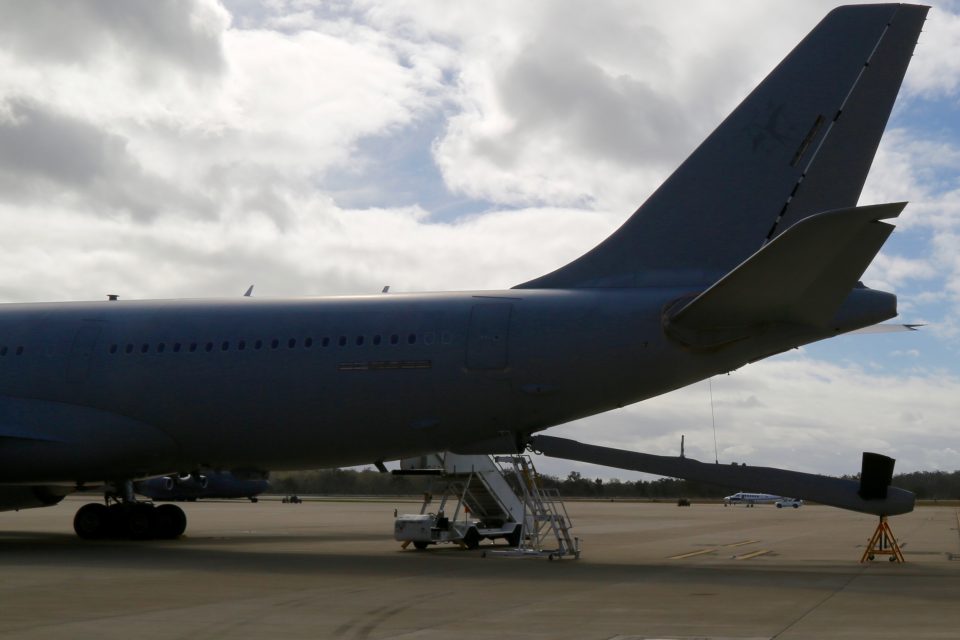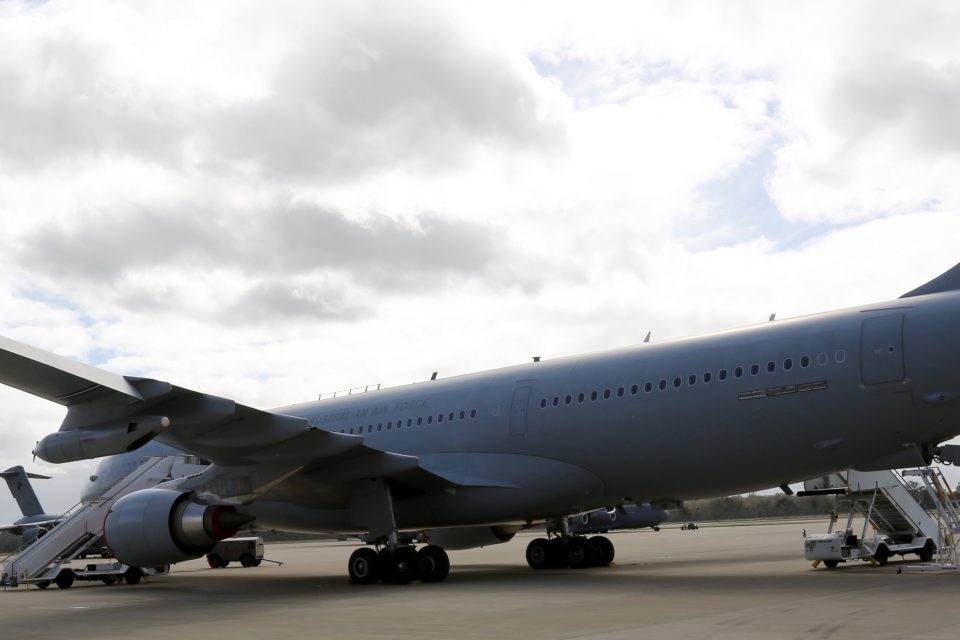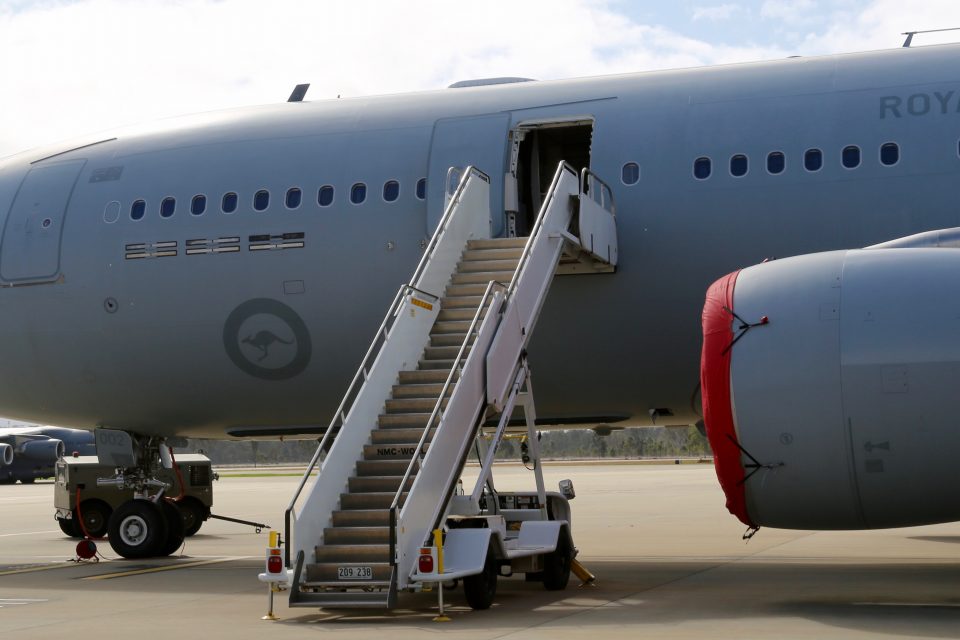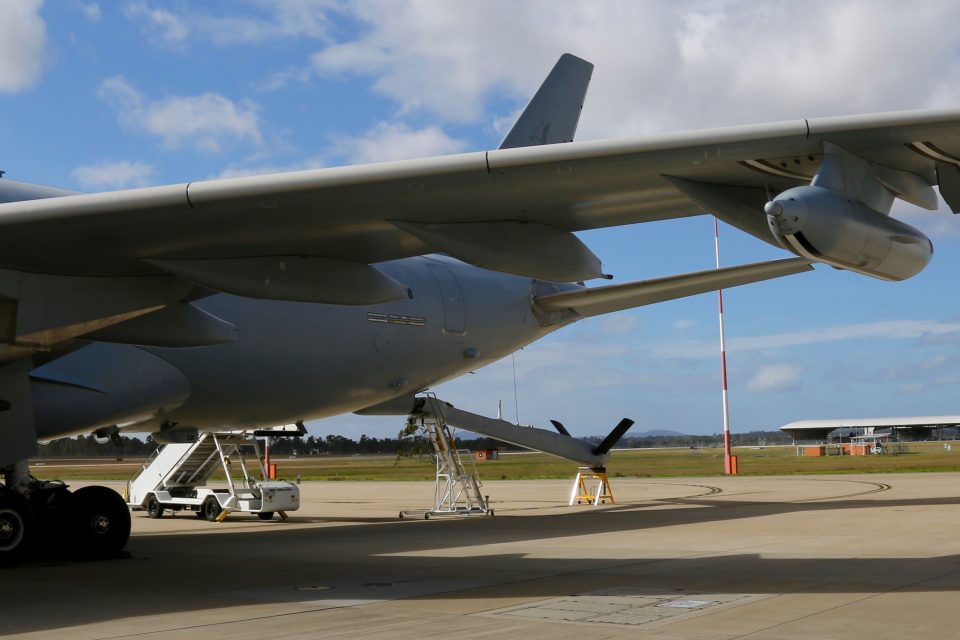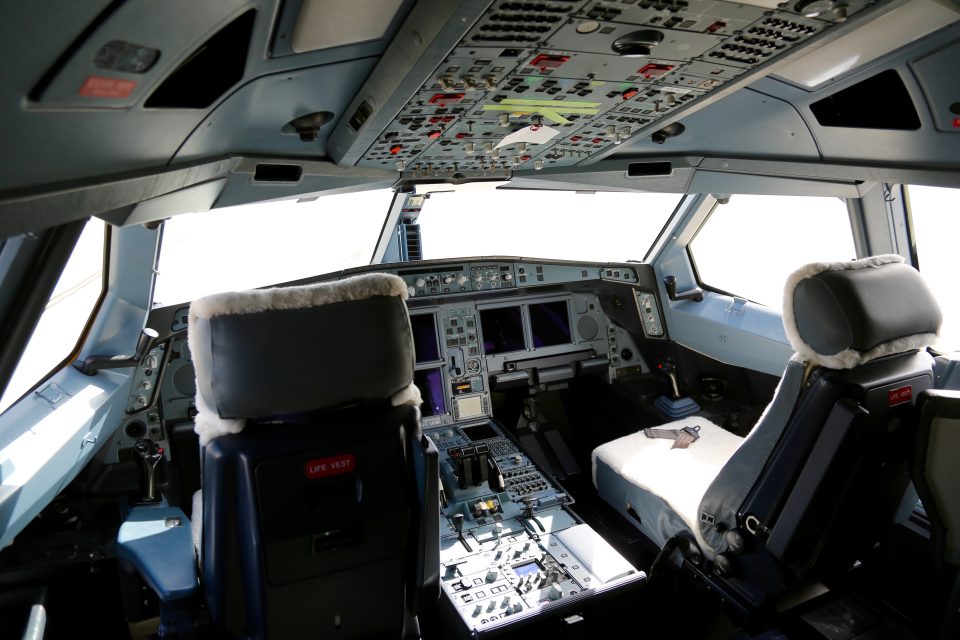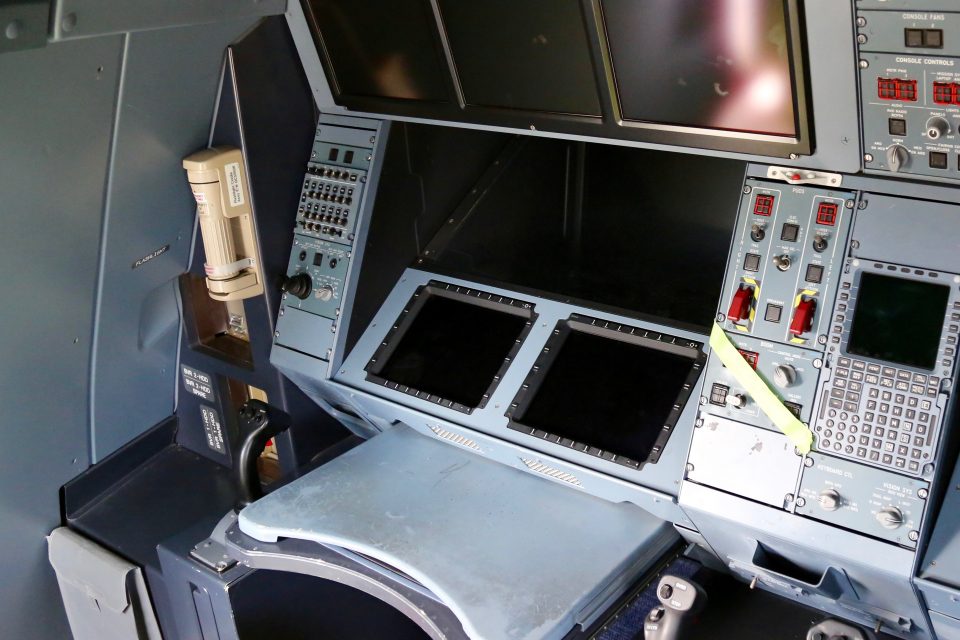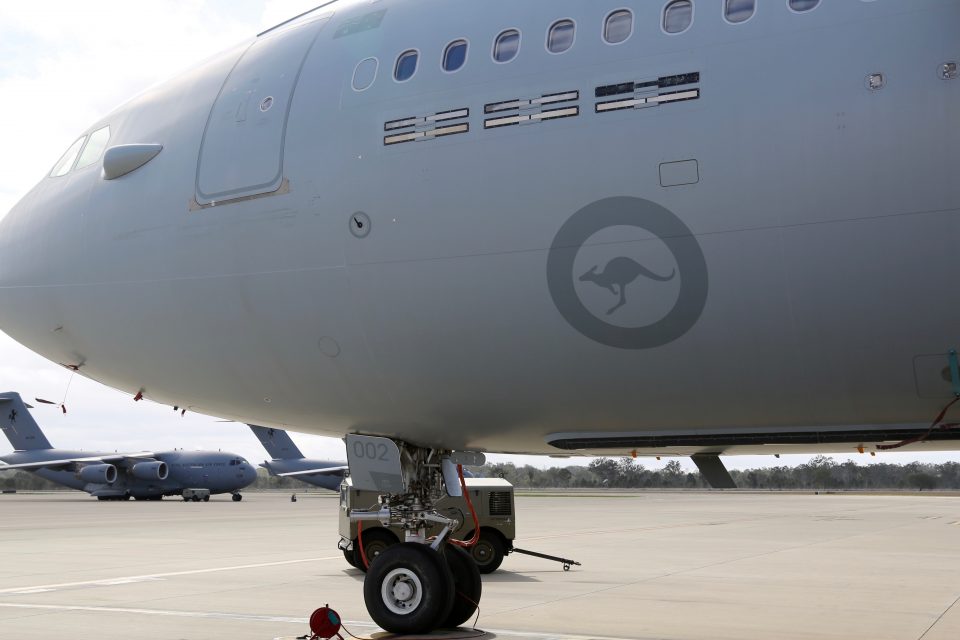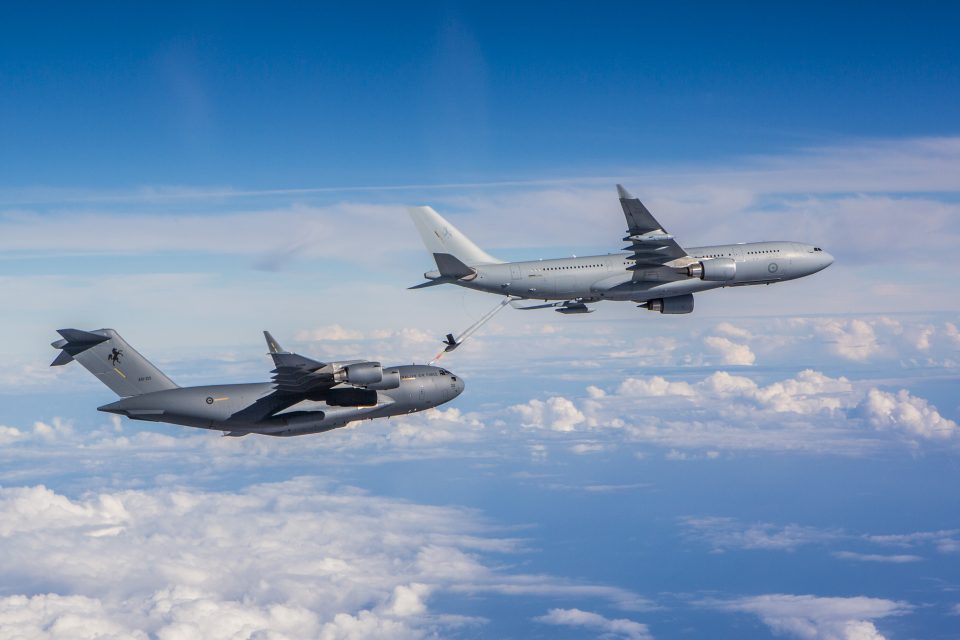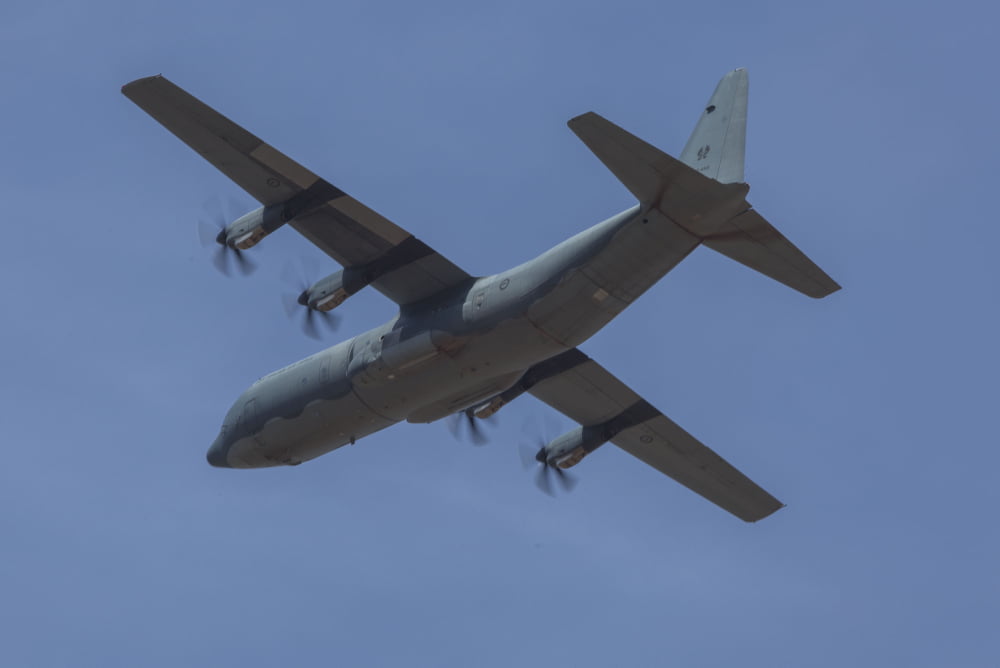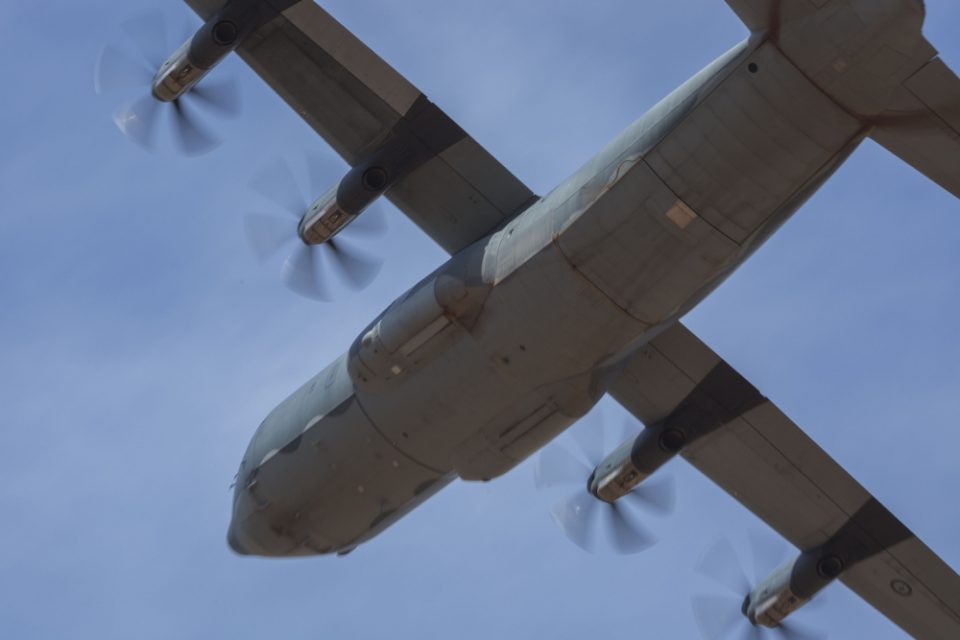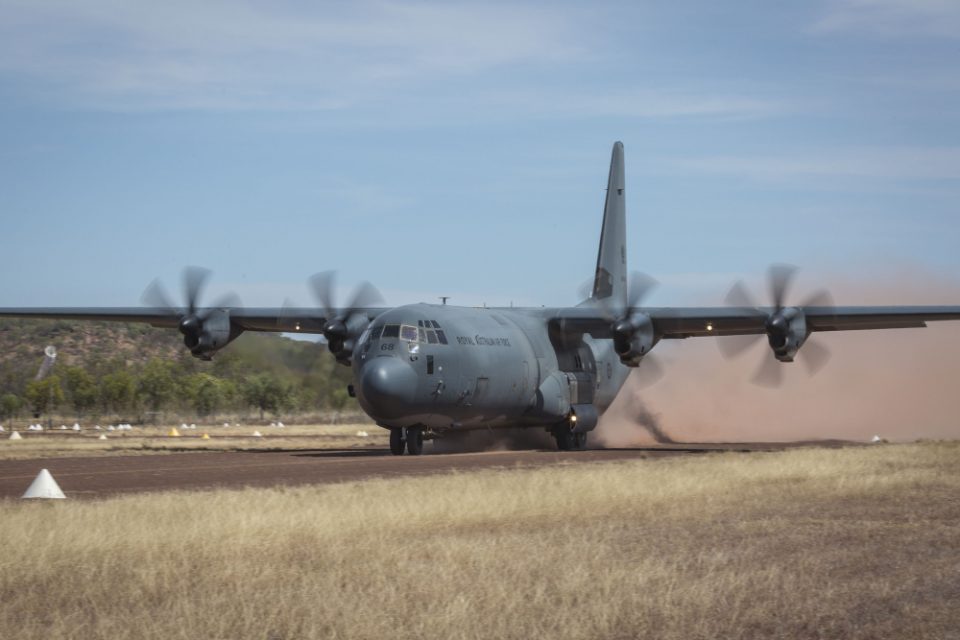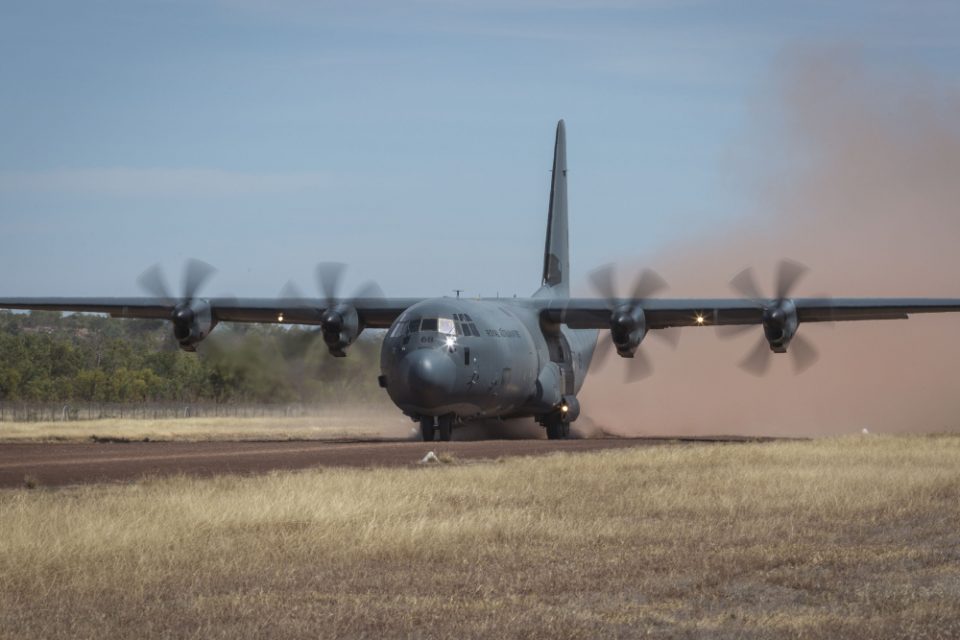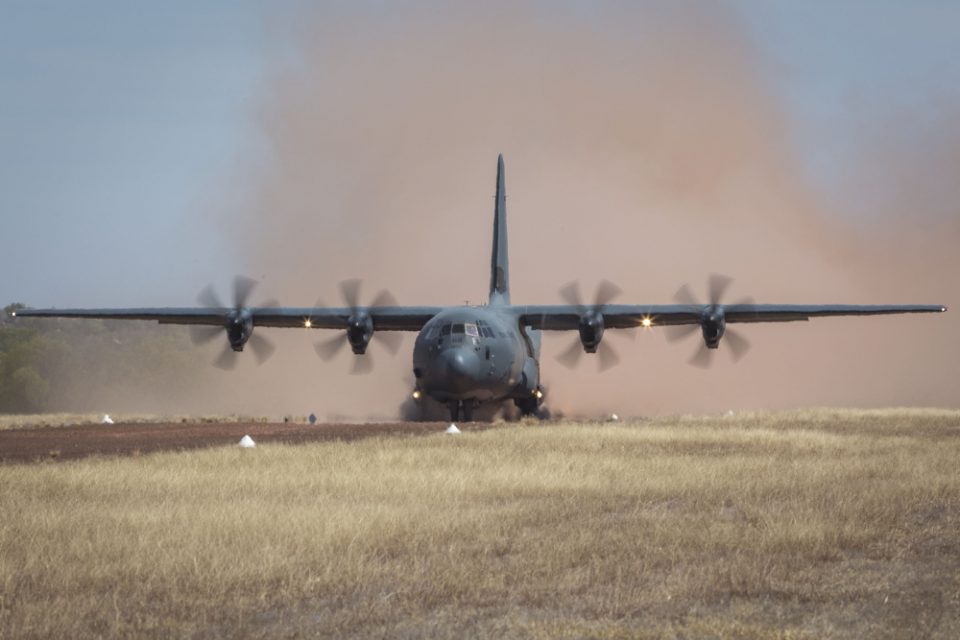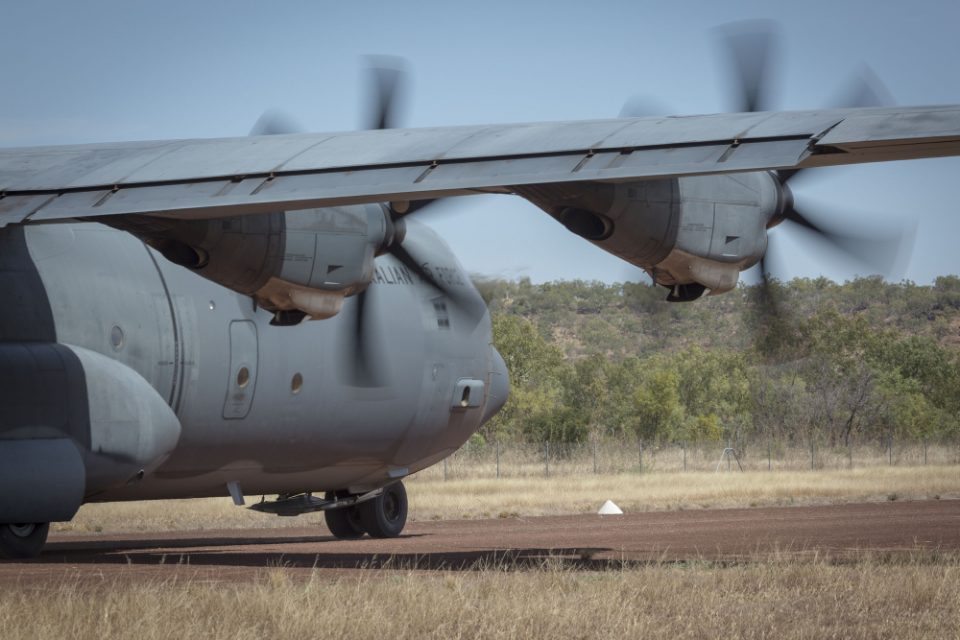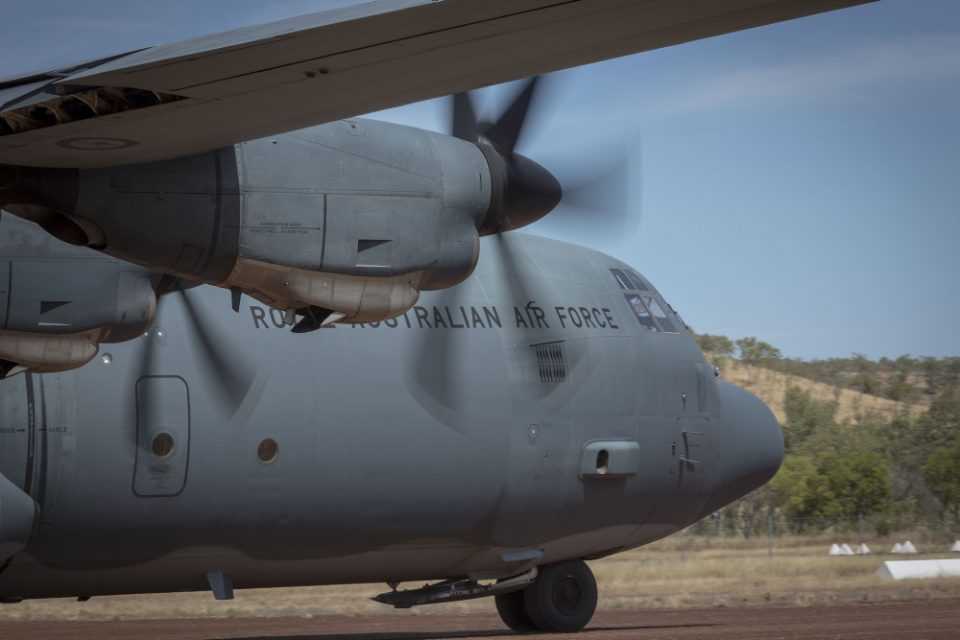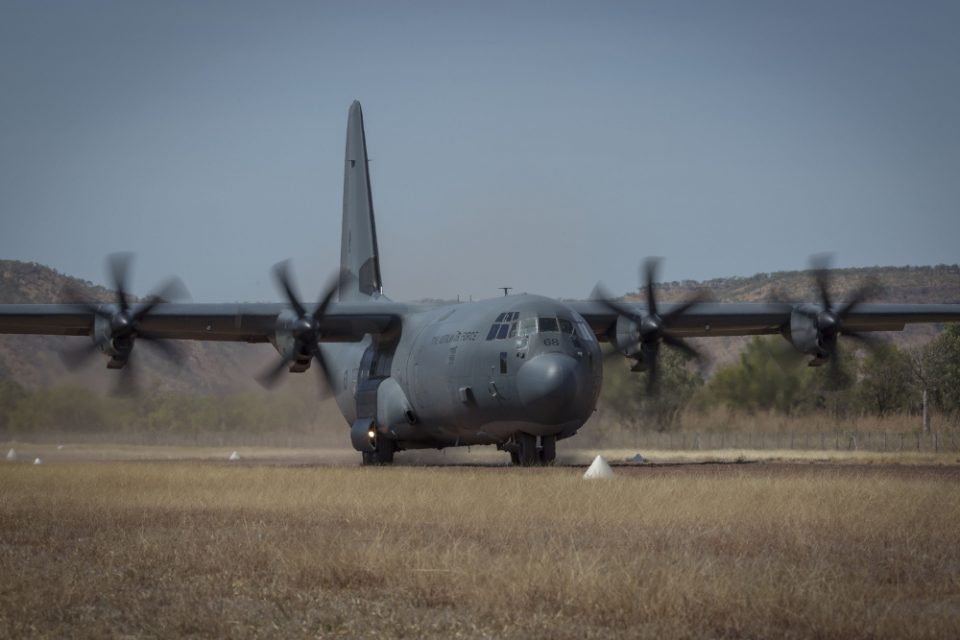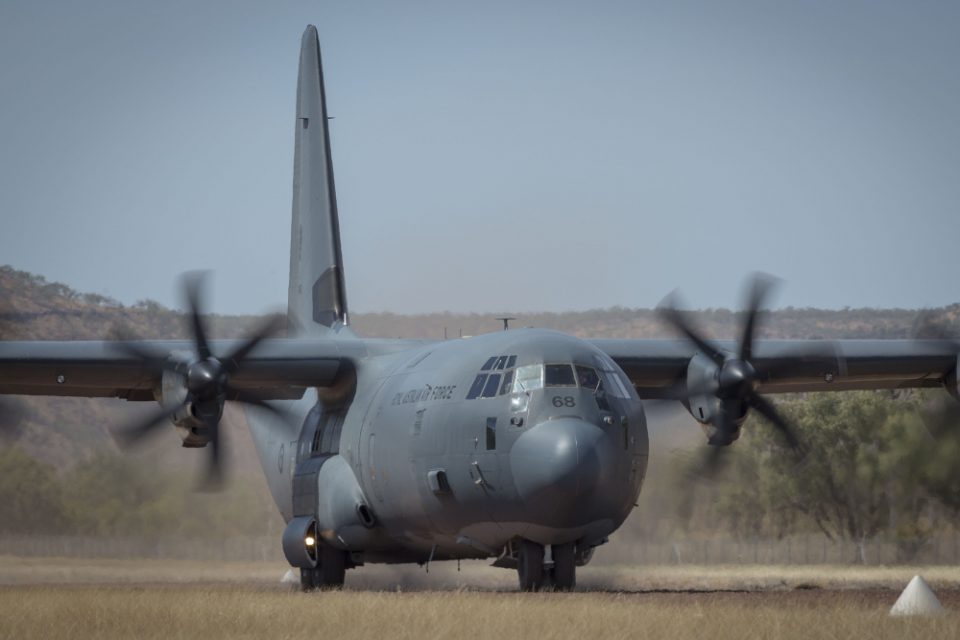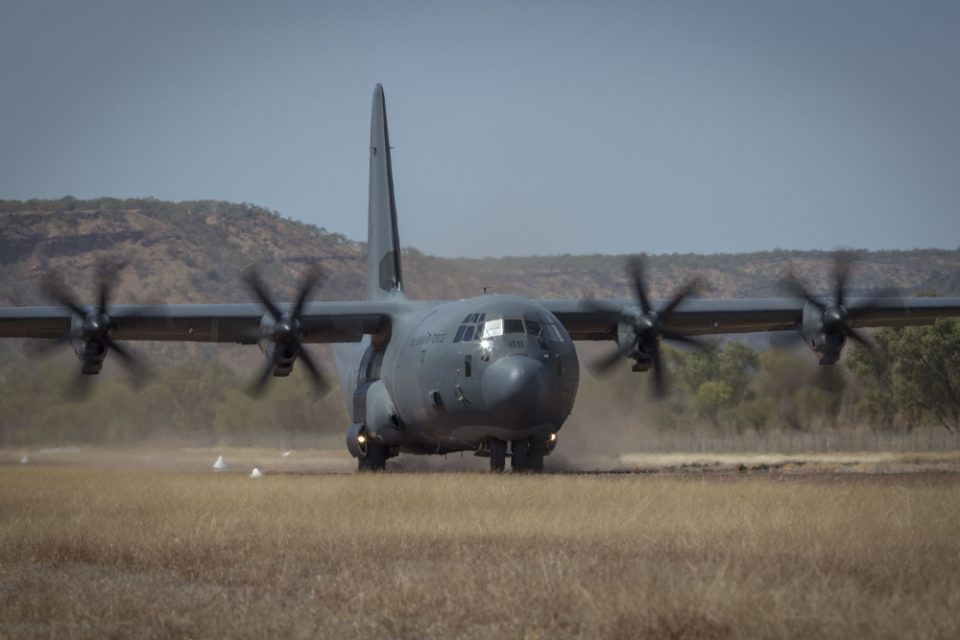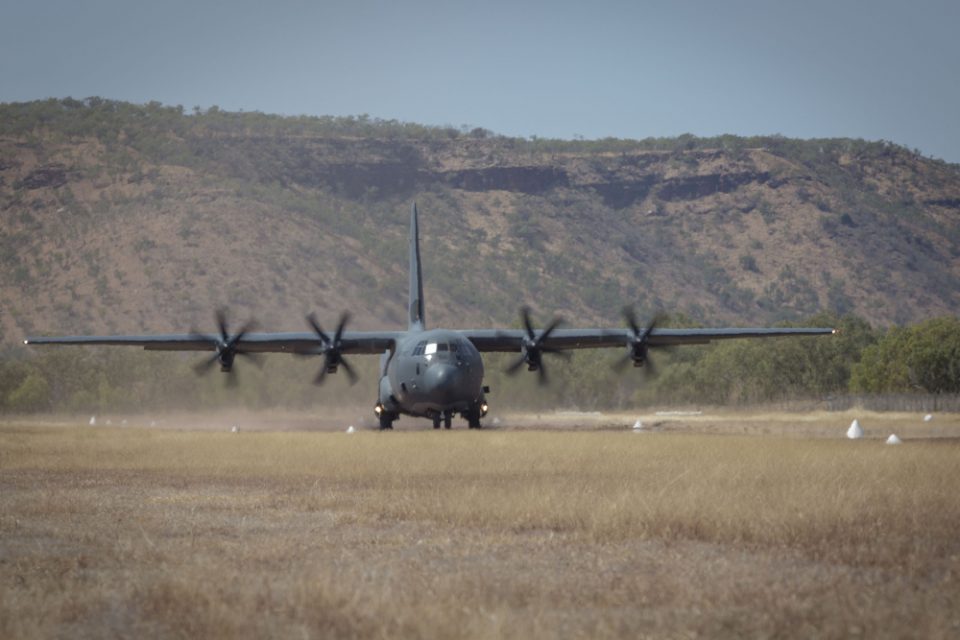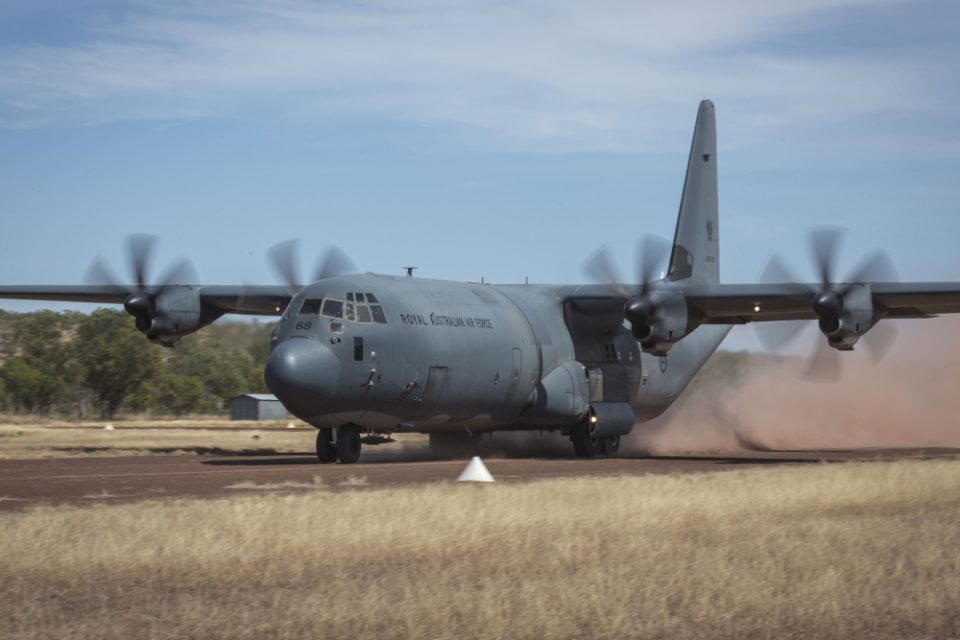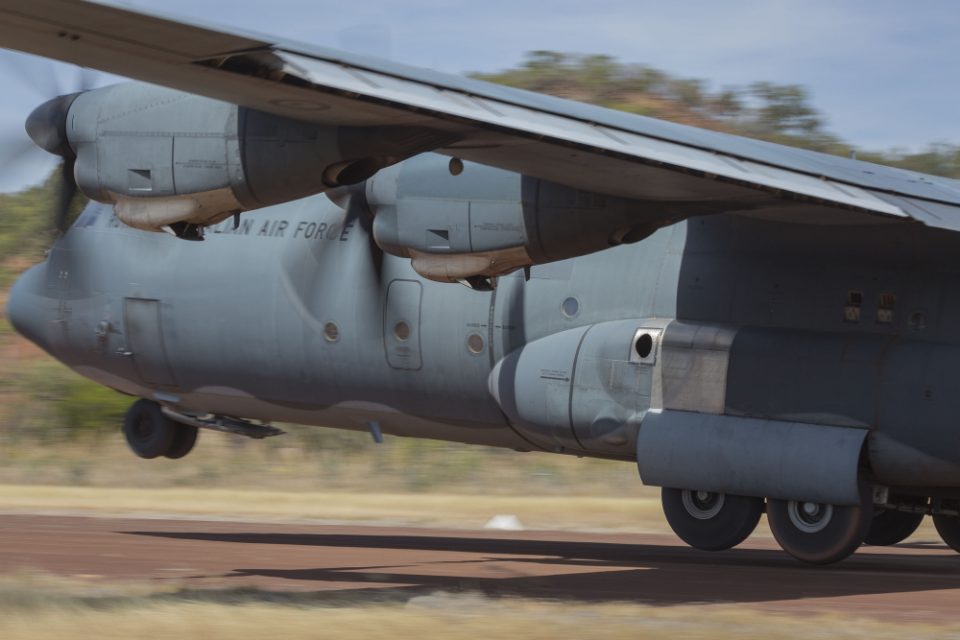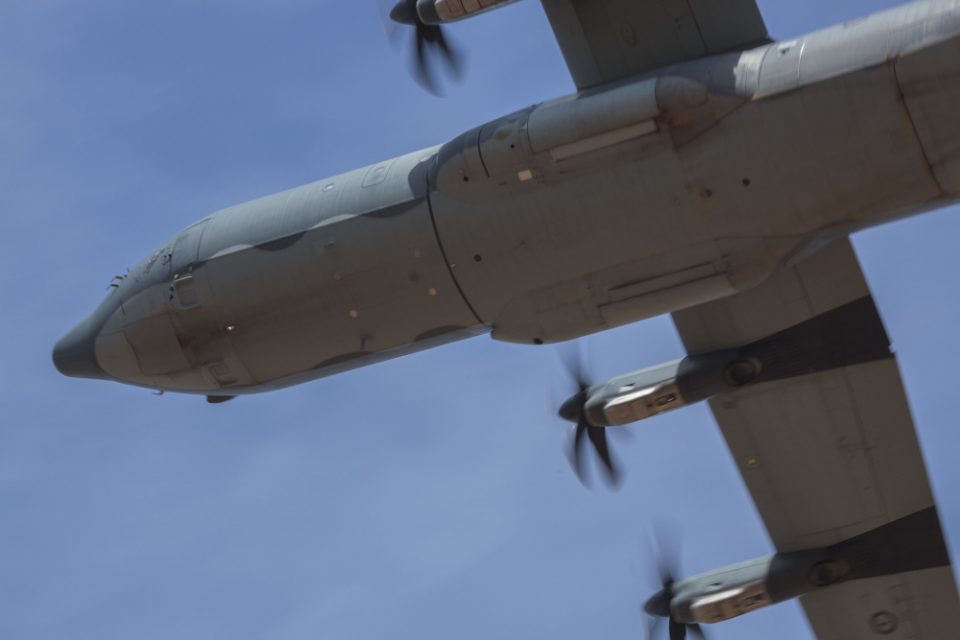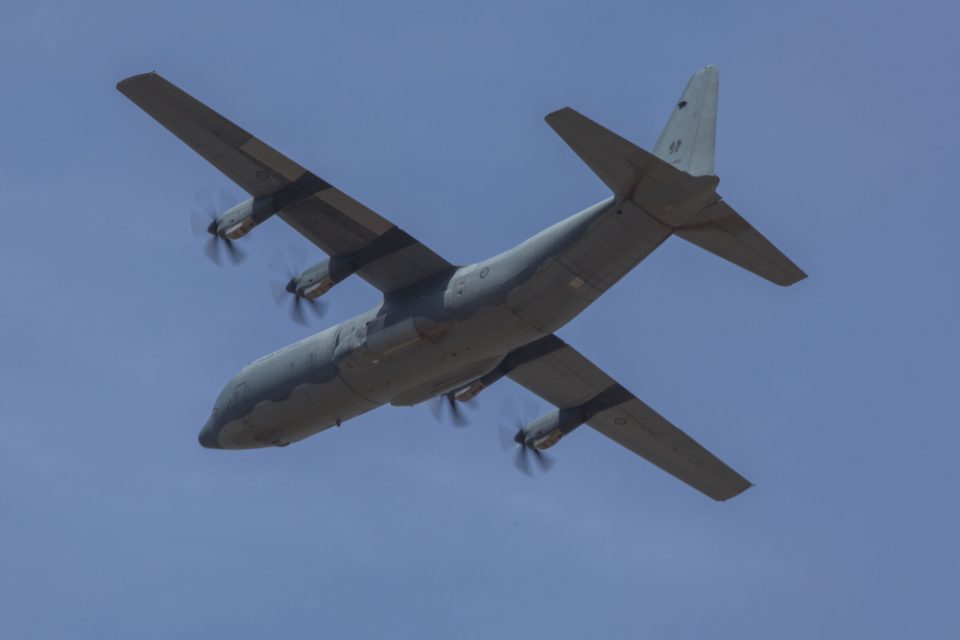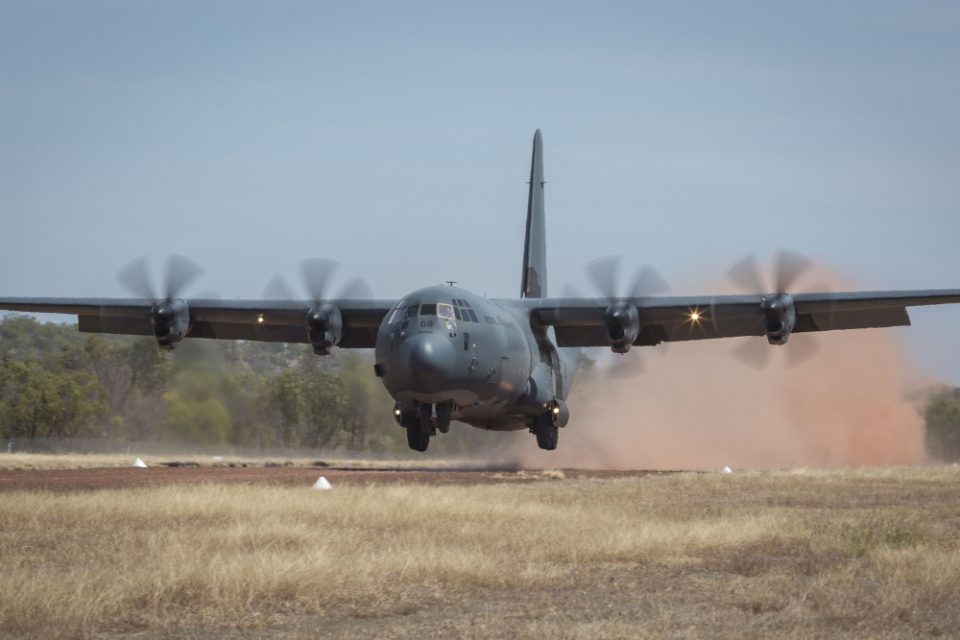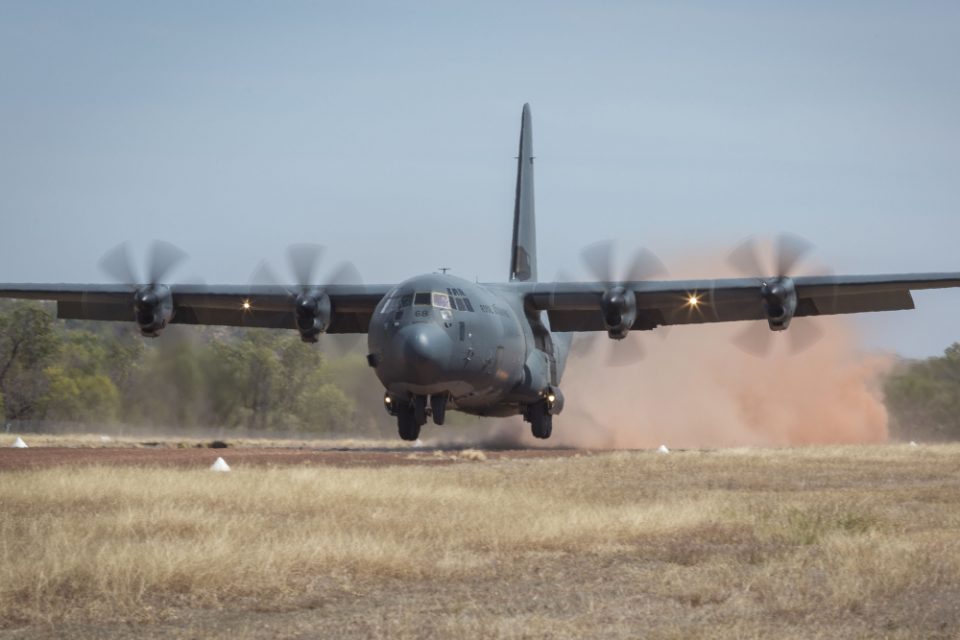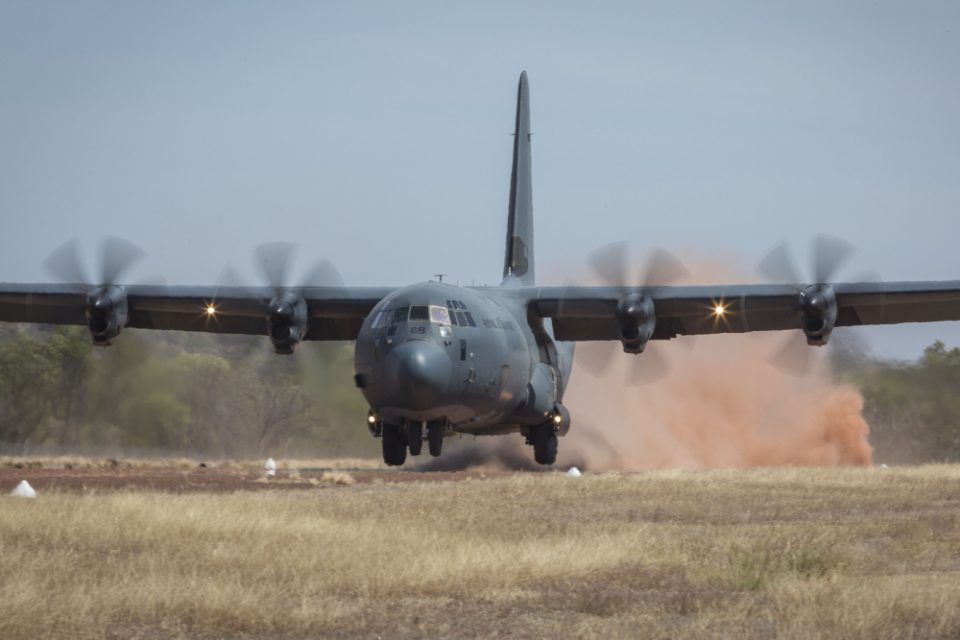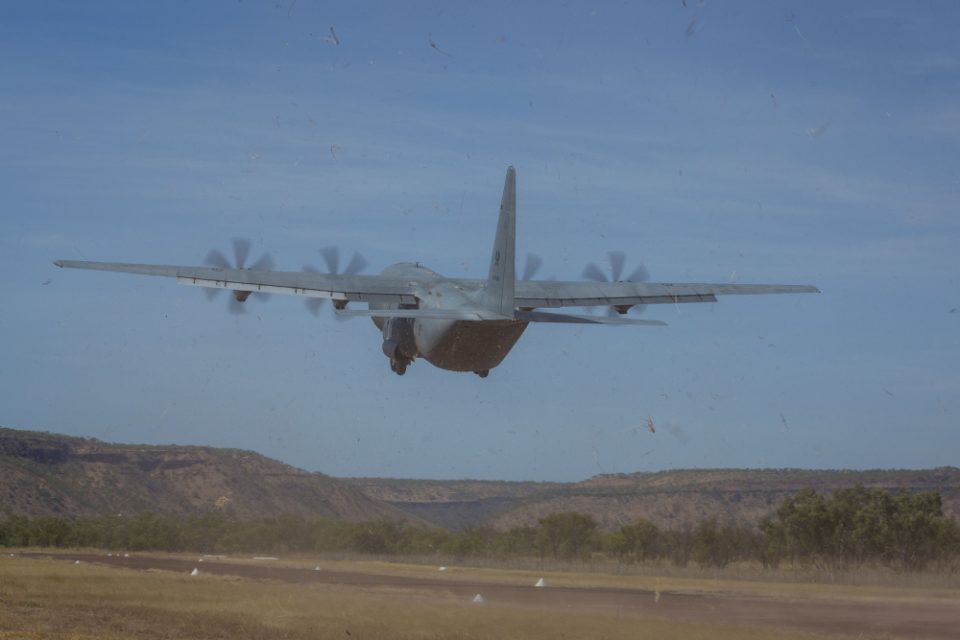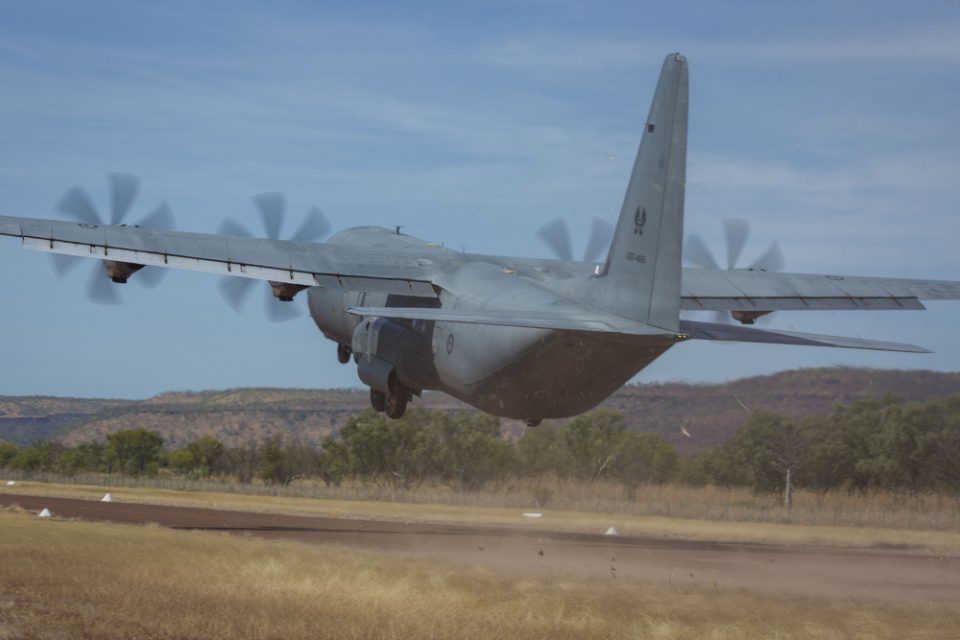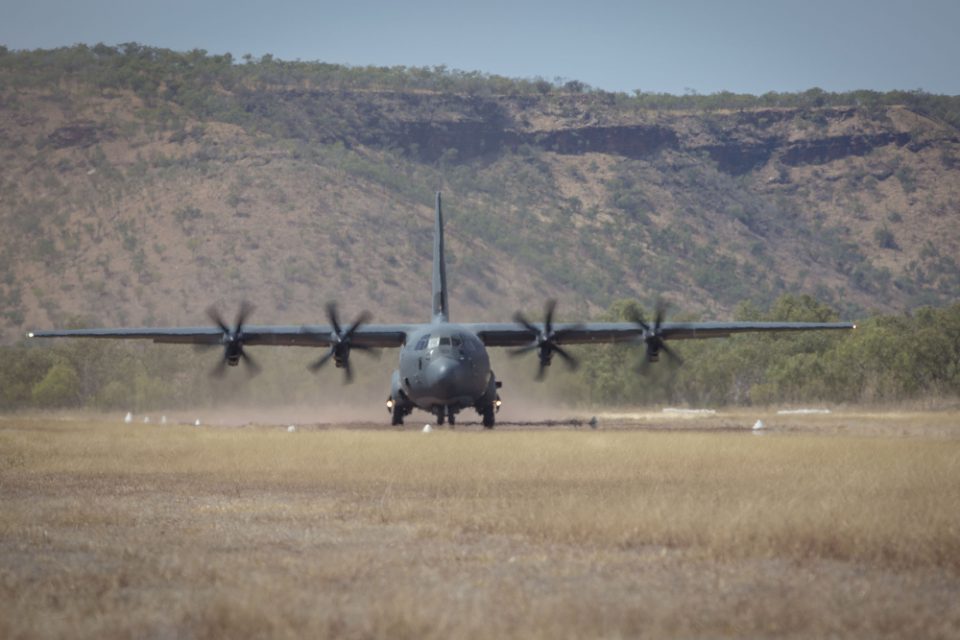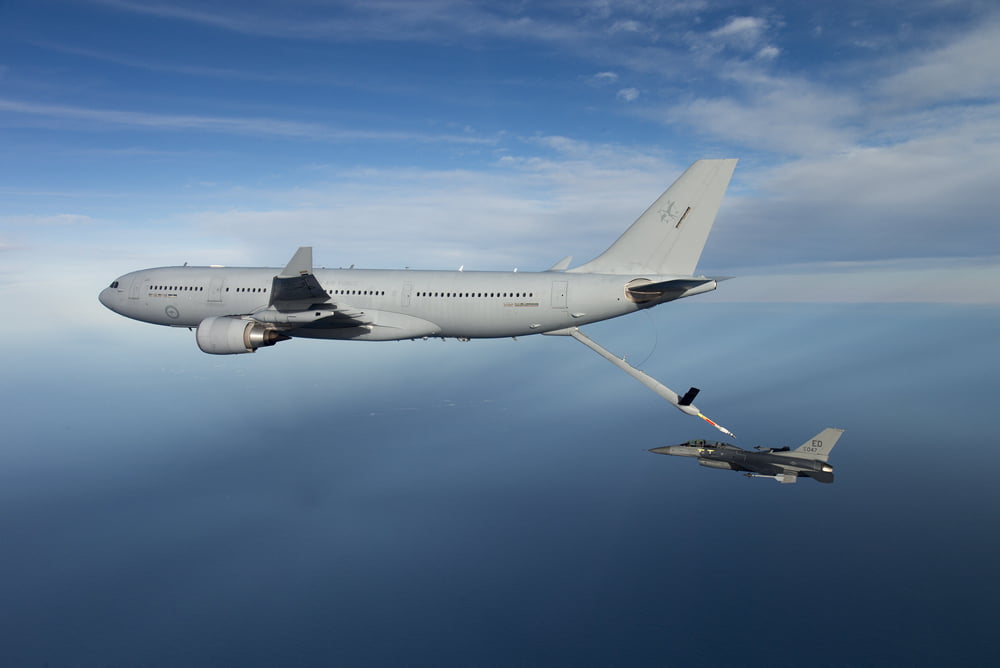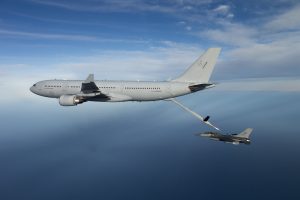2016-08-20 By Robbin Laird
The Aussies are shaping a transformed military force.
It is one which is built around new platforms but working together across services to achieve a joint effect and able to operate in a joint manner in an extended battlespace.
It is about extending the defense perimeter of Australia and shaping, in effect, their own version of an anti-access area denial strategy.
They also recognize a key reality of 21st century military evolution in terms of shaping an integrated information-based operating force.
Interactive modernization of the force is built around decision-making superiority and that will come with an effective information dominant force.
As such, the Aussies are a key partner to the US and other allies in discussing openly a path for force transformation along lines were cutting edge thinking is occurring in the US and allied forces.
Put bluntly, they are driving a public discussion of transformation in a way we have not seen in the United States for a significant period of time.
The goal was put clearly by the Commander of the Surveillance and Response Group in the Royal Australian Air Force in an interview, which I did with him earlier this year. According to Air Commodore Craig Heap:
“We are small but we want to be capable of being a little Tasmanian Devil that you don’t want to play with because if you come at us, were going to give you a seriously hard time that will probably not be worth the effort; deterrence in its purest form.”
Recently, the Williams Foundation of Canberra, Australia held its latest seminar on force integration, this one focused on air-sea integration. As Chief of Navy, Vice-Admiral Tim Barrett put it: “As we add new platforms, and modernize those we have the goal is not to build a joint force but an integrated one.”
This theme was reinforced later in the day (August 10, 2016) by the head of Australian Army modernization, Major General McLachlan, when he told the audience why he was there: “We are clearly committed to enhancing the capability of the ADF to provide for missile defense for the defense of Australia.
We are working to shape a lower tier missile defense system.
And let me be clear: we see our system as under the control of a sister service and we are seeking to enhance the capability of Air Force and Navy to shed some defense of Australia missions to work further out into the region.
This is part of our contribution to what one might call an Australian Anti-Access and Area Denial strategy.”
What the Aussies are doing is interactively modernizing their services and shaping a force that can expand the perimeter of the defense of Australia and provide, in effect, their version of an anti-access area denial strategy.
The defense of Australia is not what happens solely on the territory of Australia but the is delivered by an extended perimeter force.
This started with the shift from the C-130 enabled and circumscribed force to one defined by the reach of a C-17 and K-30A dyad.
As the 86th Wing Commander (Group Captain Adam Williams) who is located at Amberley Airbase and has the KC-30As and C-17s under his command put it:
“The ability to reach out and affect the world has changed significantly for Australia. The idea a decade ago that we could effectively lodge a force anywhere in Europe and operate at short notice was unimaginable.
For example, in our response to the downing of Malaysian airlines Flight 17, the KC-30 and C-17 force, in terms of seat miles and ton miles, did more lifting in 15 days than Australia did in the Berlin Airlift and we were in the Berlin Airlift for a significant period of time.”
The question of reach that can sustain an air force at greater distance is crucial for the perimeter defense of Australia.
And the Aussies are “informationizing” their C-17s, KC-30As and C-130s to provide for integrated support to their force operating in extended defense.
They are adding new communications capabilities and are thinking about how to use the large tanker and its internal space as storage and or transfer capability in the battlespace.
Added to this, the Australian navy has added large deck amphibious ships and is adding new air warfare destroyers and is working closely with the Army and Air Force to ensure that the force is integrated and able to deliver effects in an extended operational area.
Shaping a more integrated force is about having a more capable force in the defense of Australia, which can only come through close allied collaboration in a deterrence in depth strategy.
But the way ahead in the thinking of the senior ADF leadership is to have a more integrated force.
This means that as new platforms are added in one service, they are being added with interactive modernization with the other services in mind, and with an eye to shaping a more effective and lethal force package overall.
As former Chief of Staff of the Royal Australian Air Force, Geoff Brown, put it recently: “We are not going to win the race for mass; we have to prevail in terms of force integration or an our ability to deliver what Rear Admiral Manazir has referred to as kill webs.”
It should be noted that the first allied force, which actually discussed the kill web concept, was the RAAF.
Two days after Rear Admiral Manazir had introduced the concept at a Mitchell Institute audience in Arlington Virginia earlier this year, the Air Combat Commander in the RAAF was taking it onboard.
In an interview with Air Commodore Roberton conducted at his office in Williamtown air base, he argued that there is a three-phase process underway and “we are only at the first step.
“We need to be in the position where our maritime surface combatants are able to receive the information that we’ve got airborne in the RAAF assets. Once they’ve got that, they’re going to actually be trying to be able to do something with it….
But we need to get to a level, where they too can provide information and weapons for us in the air domain.
That is how you will turn a kill chain into a kill web.
That’s something that we want in our fifth generation-integrated force.”
American military leaders clearly recognize the contribution which the ADF is making to innovation in thinking about the evolution of the integrated force, as seen by the key role which current Air Combat Commander, Hawk Carlisle played when he was PACAF, from the participation of Lt. General Davis, Deputy Commandant of Aviation at the seminar earlier this year on air-land integration and most recently by Rear Admiral Manazir who has been promoted to Deputy Chief Of Naval Operations for Warfare Systems (OPNAV N9) and who provided a keynote address at the recent air-sea integration seminar in Canberra.
As Rear Admiral Manazir put in an interview after the seminar: “the Williams Foundation is coalescing discussion around issues we are trying to solve.
We are moving towards “informationized war, “and the Aussies clearly understand and are preparing for the strategic shift.
It is important to be in Australia and to discuss with the Australian military how to get our minds around the key issues of military transformation.”
In part, the rethink, which the Aussies are doing, is driven by concurrent platform modernization across the ground, air and sea domains.
Illustrative of the difference with the United States was this response to a question posed to a senior RAAF uniformed capability manager: “It is often said that we have 80% of the force which we will have in 20 years, so that the challenge is about how to leverage the new platforms and systems to get innovation.”
His response: “That is not exactly our problem as within the decade ahead our Air Force’s oldest platform will be a C-130J. Our problem is different: how to get maximum warfighting value out of the force we are building.”
There are two examples of the kind of interactive modernization, which the Aussies are pursuing, which are evident from my various visits to Australia and interviews with the ADF.
The first is Wedgetail and its evolution.
Americans often call the Wedgetail the Aussie AWACS; but it is not. An AWACs is an air battle management system whose major client is the fighter community. The Wedgetail is an air platform which does battle management; army and navy officers onboard the Wedgetail are working with the Air Force to shape a joint capability.
The scanning and tracking capability of the aircraft is unique and makes a significant contribution to air battle management; but the Aussies are building in Wedgetail to army and navy transformation as well.
The Virtual Wedgetail system which is a ground based replica of the current flying Wedgetail system is being connected to both Army and Navy training, and the RAAF and the Navy are working towards exercises this fall when Wedgetail will support the new amphibious ships.
Because the aircraft is software upgradeable, and the squadron is collocated with the system program office at Williamtown Air base, the combat team is the driving force for software change. What this will mean over time is that as the demand is broadened to the sea and land domains, the software will need to be rewritten with this in mind.
A second example is the LHD itself.
When the Aussies purchased the LHDs, they chose the Spanish Juan Carlos class ship, which is a large ship with a ski jump, which can provide significant capability at sea. But what capabilities do you want on the ship?
Because it was purchased at a time which a virtual revolution was about to happen in the amphibious domain with the coming of the Osprey and then the F-35B, the answer to that question is a work in progress and is a joint effort.
In effect, the LHD is being used by the Army as a forcing function to drive further integrative innovation with the Navy and the Air Force, notably in the digital domain.
Next year the Army will operate with the Navy in deploying a digital system aboard the LHD, which can support the force ashore.
In other words, the services are working interactive modernization as they shape new capabilities.
The challenge remains of how best to shape force structure in the years ahead in which a culture of joint force design can lead modernization.
But this is the topic for the next Williams seminar next year, and certainly U.S. military and industry will be there to contribute and to learn.
The first slideshow highlights the KC-30A during the recent Pitch Black 2016 exercise.
The second slideshow highlights the MV-22 landing on HMAS Canberra.
The third slideshow highlights Wedgetail and its engagements.
The photos are credited to the Australian Ministry of Defence.
The initial version of this article was published by Breaking Defense on August 19, 2016.


